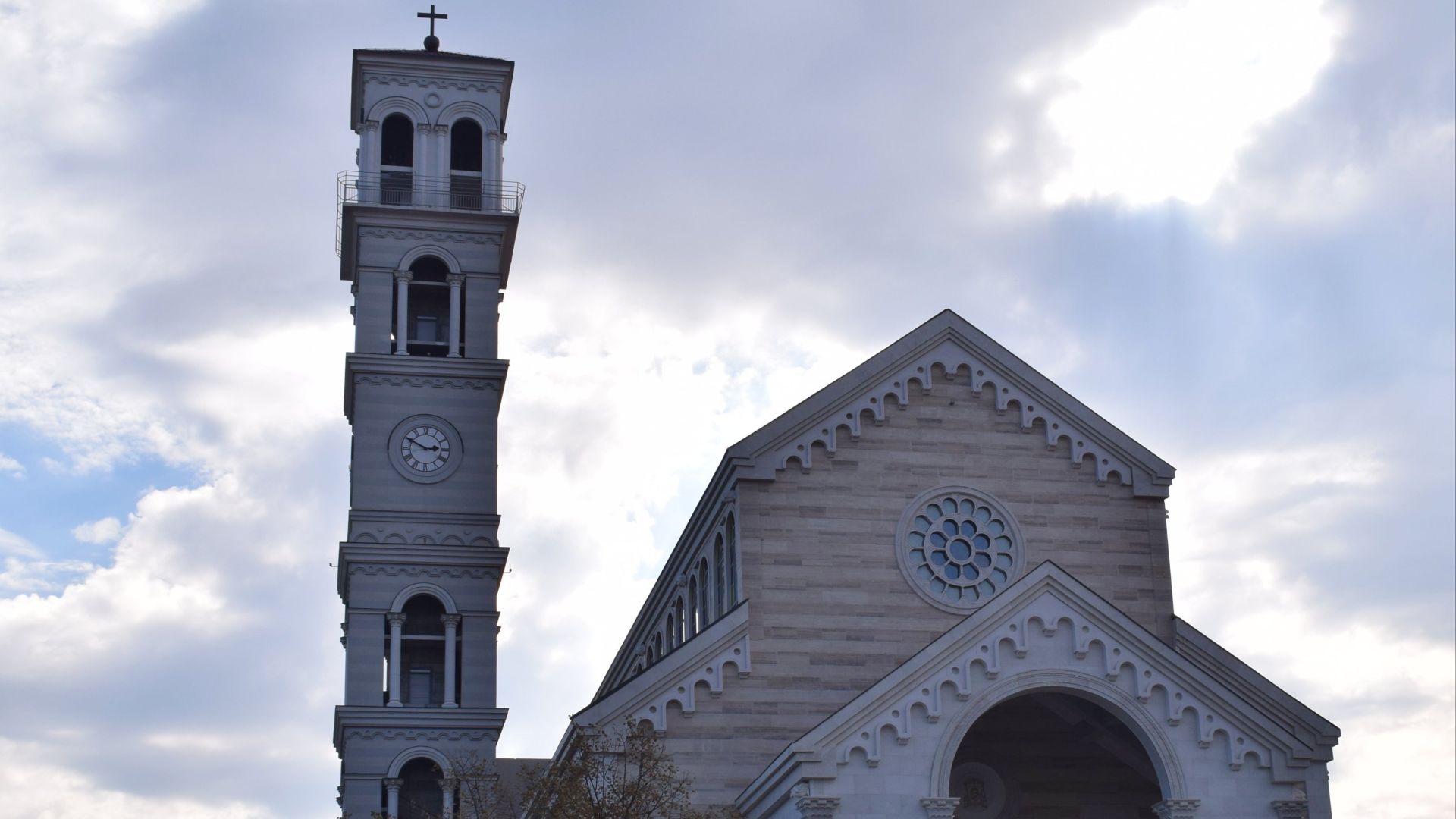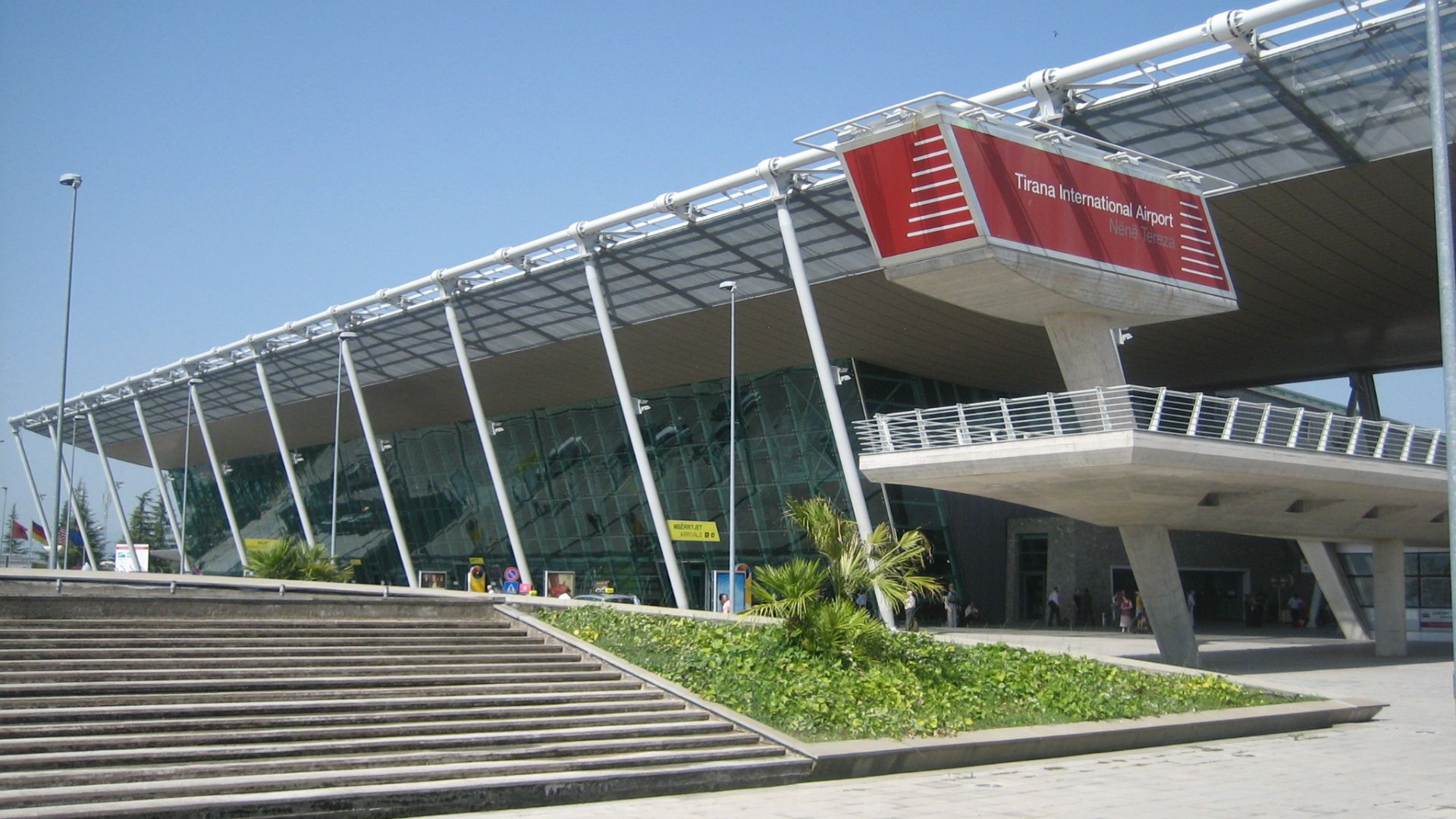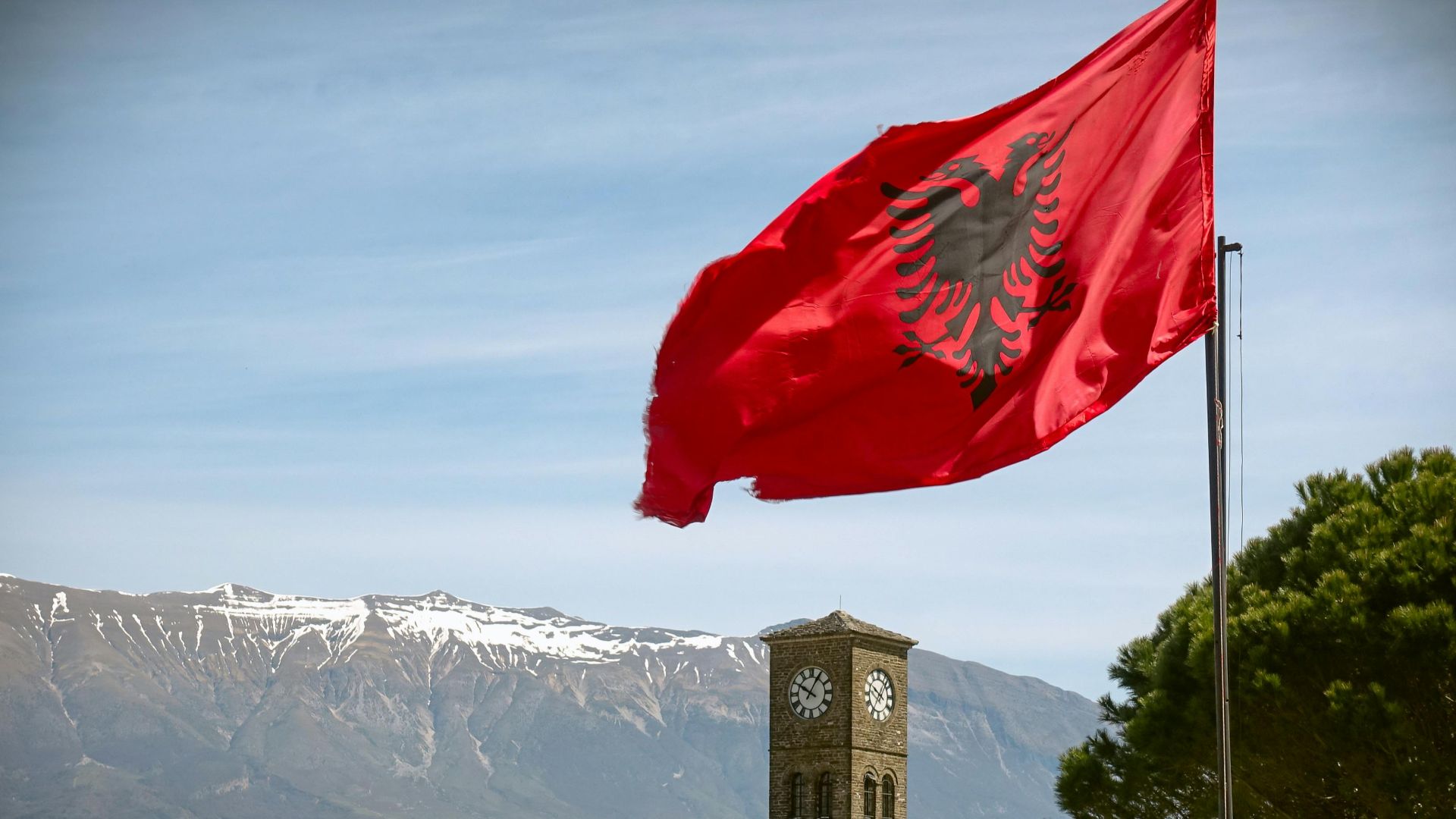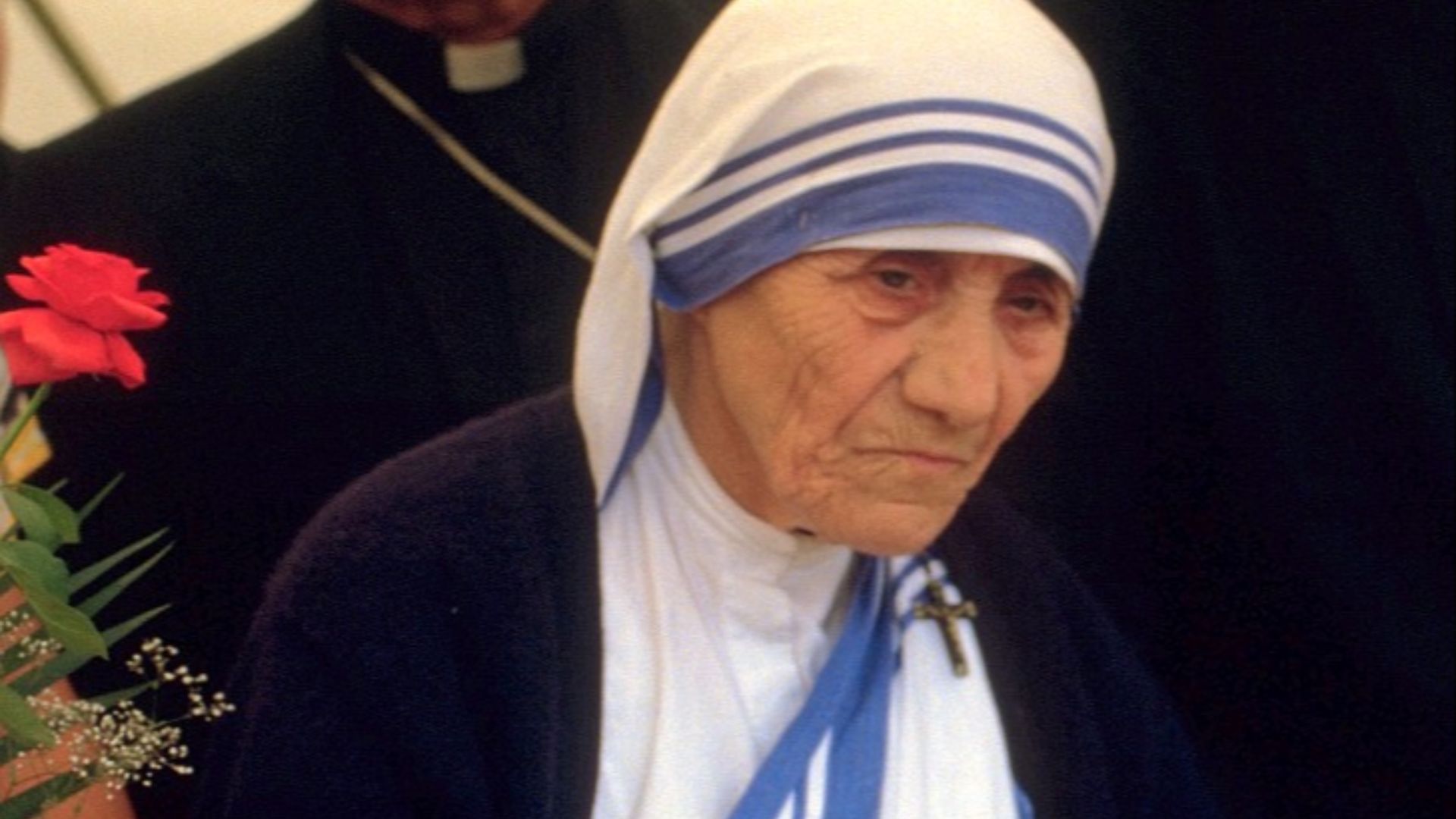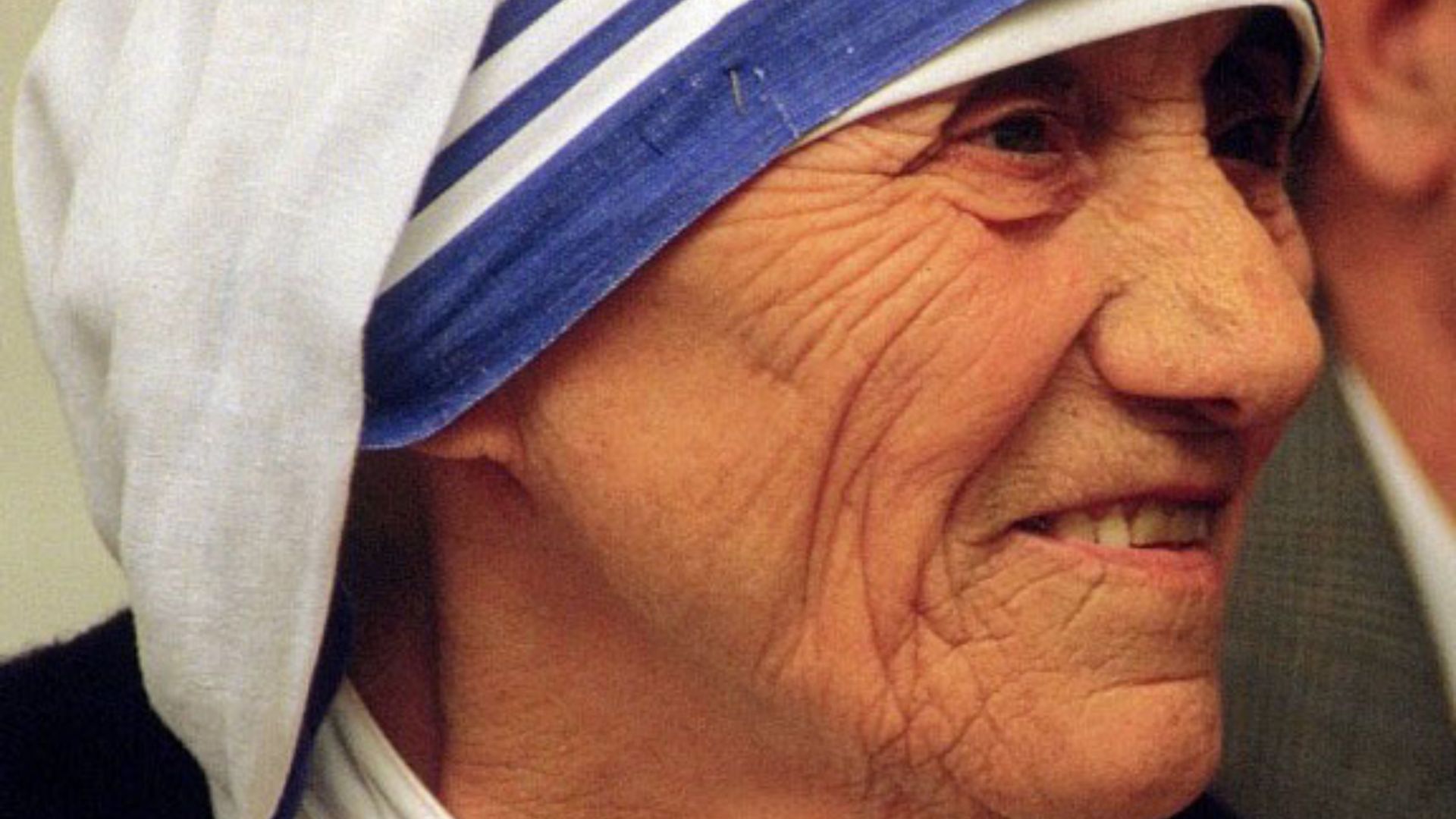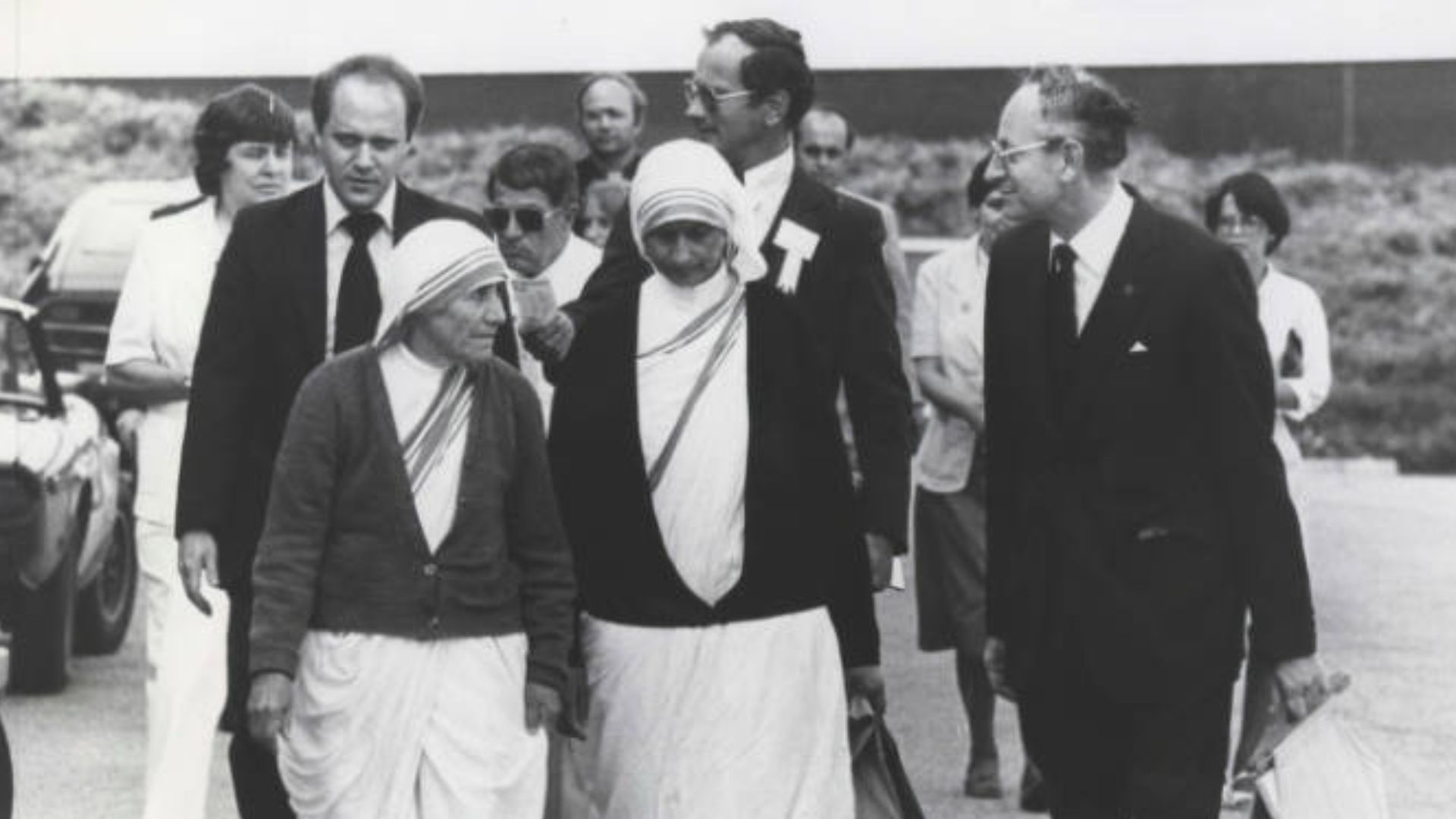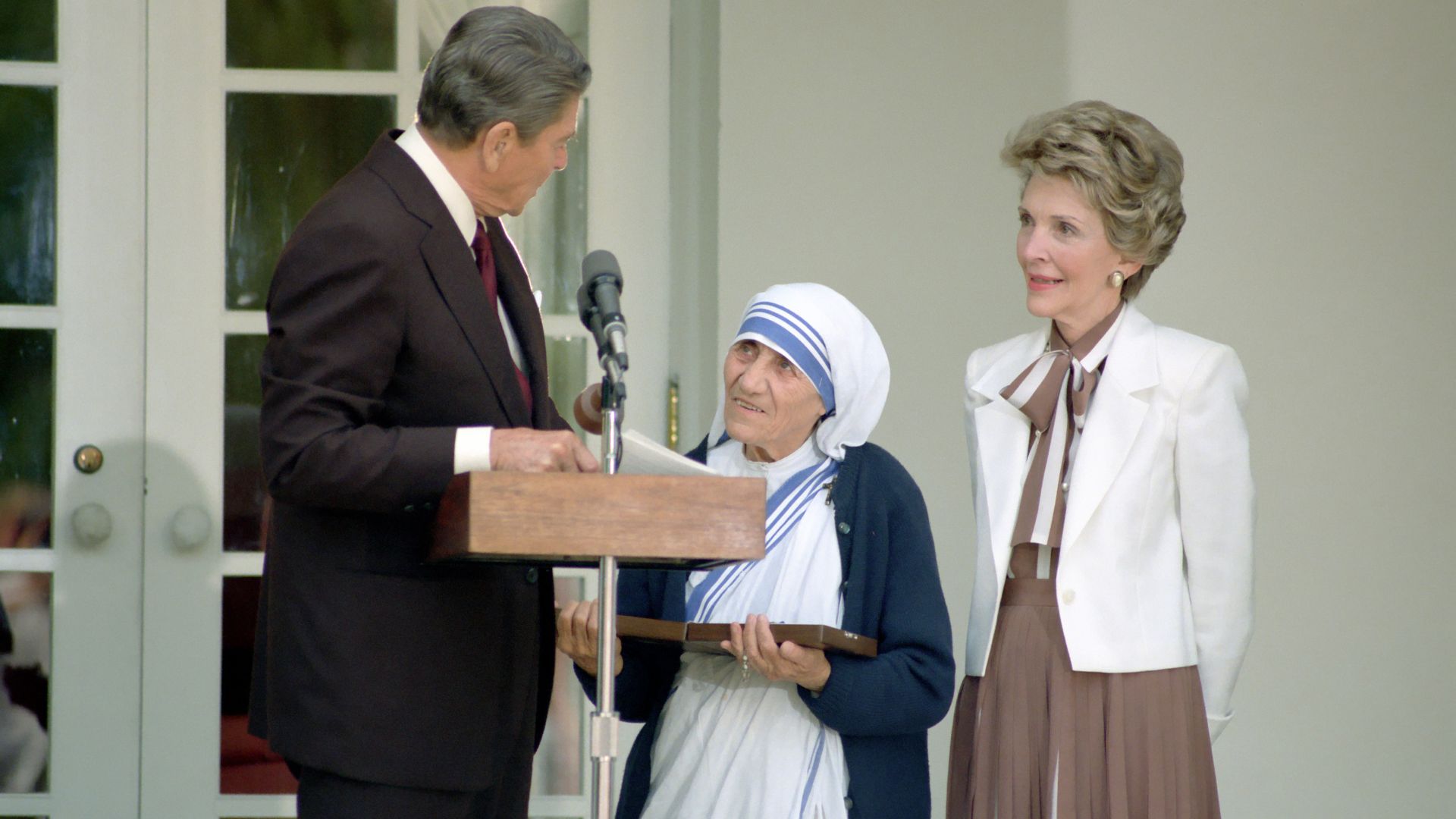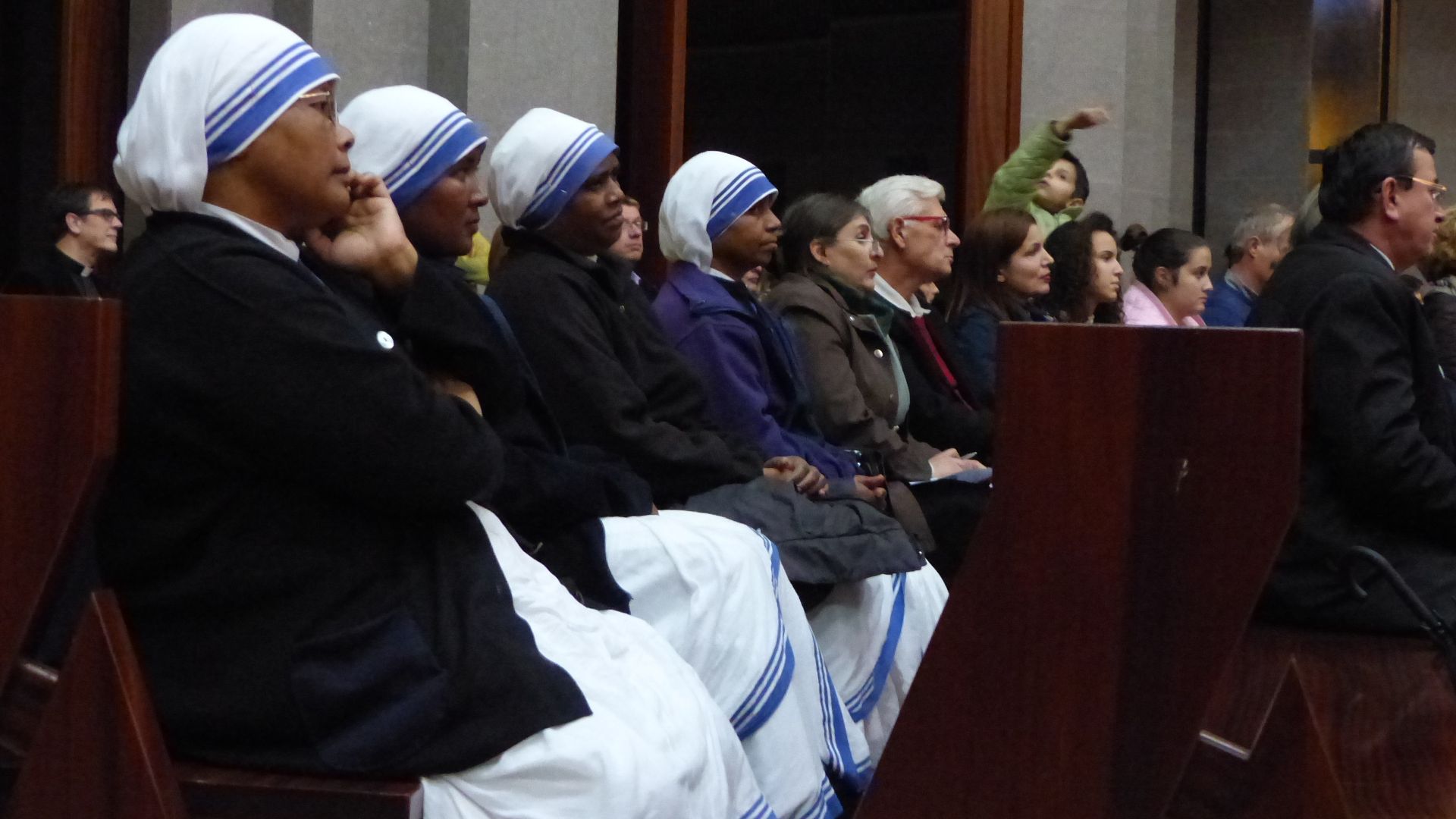Mother Teresa is one of the most recognizable and revered individuals of the 20th century. This Roman Catholic Albanian nun traveled to India and founded an entirely new religious order. She inspired people everywhere by devoting her life to the poor, sick, and abandoned. Teresa was recognized and lauded for her work, first in India and later throughout the world. Yet, she also courted her fair share of criticism for some her of methods and views. Here are some fascinating facts about the life of a truly remarkable person.
Mother Teresa Facts
1. The Birth Of Mother Teresa
Mother Teresa was born as Anjezë Gonxhe Bojaxhiu on August 26, 1910, in Skopje, Ottoman Empire, which is now located in the nation of North Macedonia, into an ethnic Kosovar Albanian family that belonged to the Catholic Church.
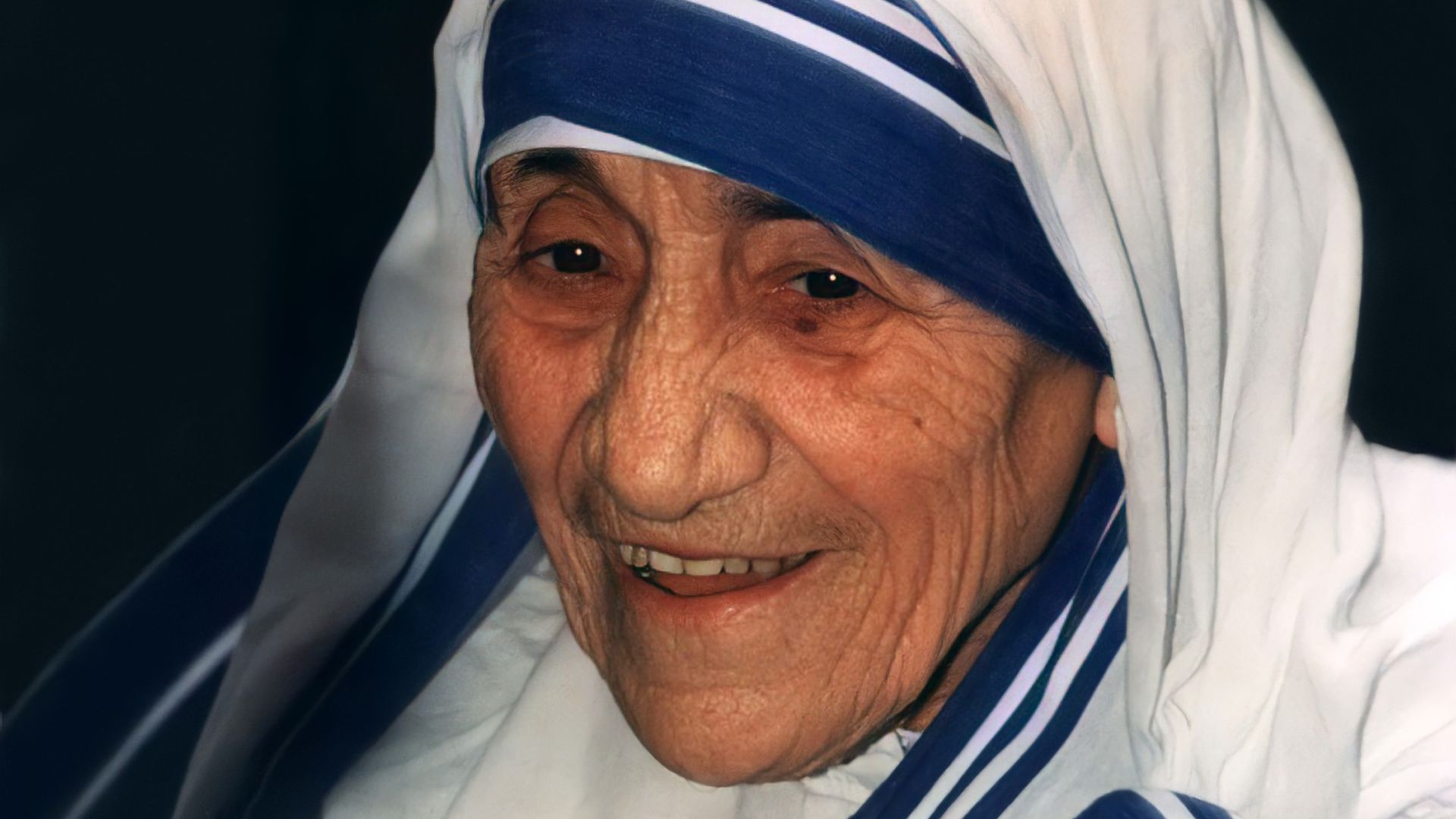 Kingkongphoto & www.celebrity-photos.com from Laurel Maryland, USA, Wikimedia Commons
Kingkongphoto & www.celebrity-photos.com from Laurel Maryland, USA, Wikimedia Commons
2. Moving To Ireland
At the age of 18, Teresa left her family to move to Rathfarnham, Ireland, where she joined the Sisters of Loreto. It was at the Loreto Abbey in Rathfarnham where Teresa first learned English, which was the primary language of instruction of the order.
 Vittoriano Rastelli, Getty Images
Vittoriano Rastelli, Getty Images
3. Going To India
After a year in Ireland, in 1929, Teresa fulfilled her childhood dream of moving to India. She began her novitiate training at the Loreto Convent in Darjeeling, West Bengal, a city located near the Himalayas.
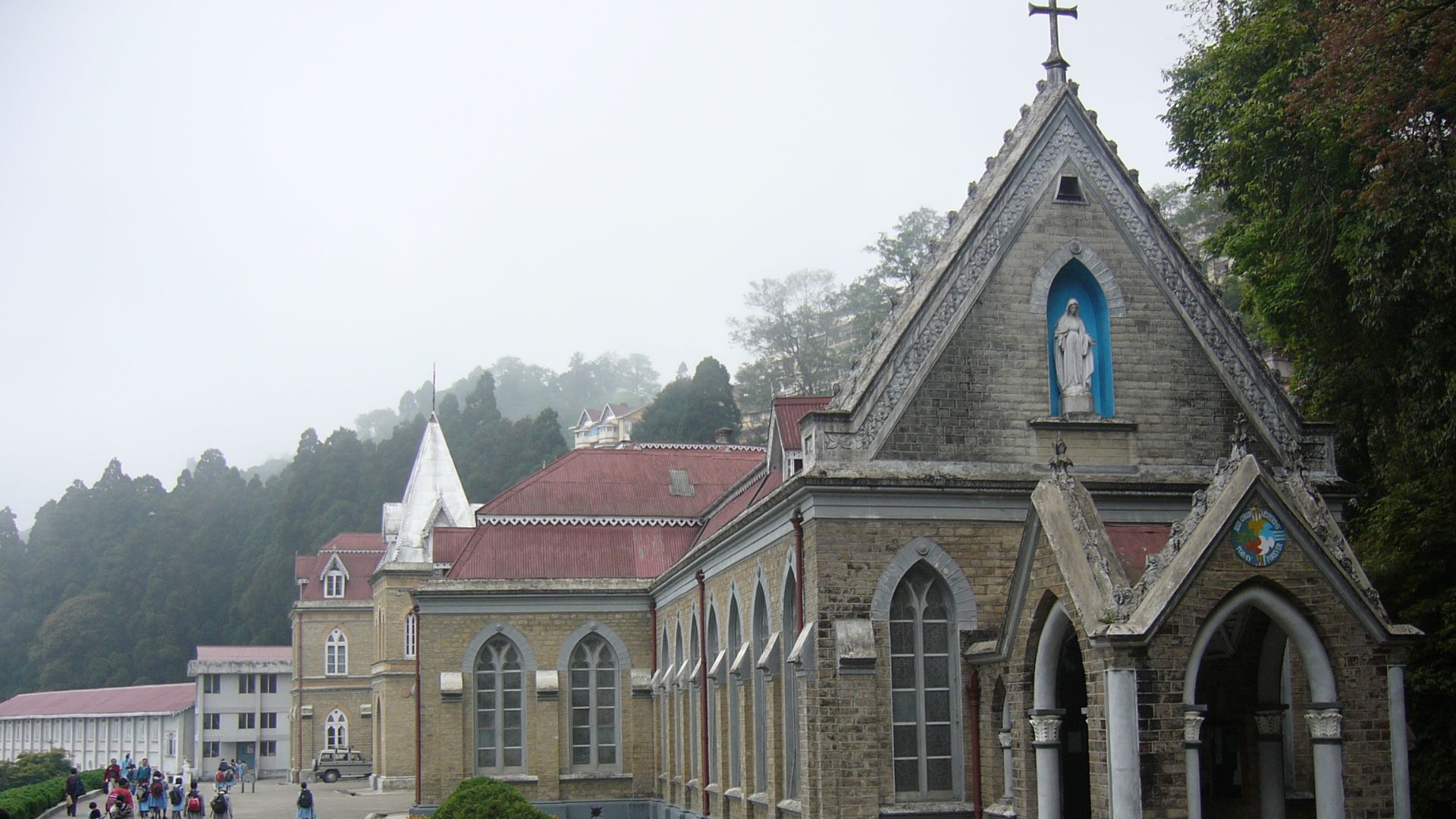 Shahnoor Habib Munmun, Wikimedia Commons
Shahnoor Habib Munmun, Wikimedia Commons
4. Anjezë Becomes Teresa
Teresa’s religious namesake was Saint Thérèse de Lisieux, a French nun who lived in the late 19th century and is considered the patron saint of missionaries. A nun in the order already had Thérèse as her religious name, so Agnes adopted Teresa—the Spanish variant of the name.
 Vittoriano Rastelli, Getty Images
Vittoriano Rastelli, Getty Images
5. Solemn Vows
Teresa took her solemn vows on May 14, 1937. By this time, she had moved to the big city of Calcutta (now Kolkata), where she was a teacher at the Loreto Convent School in the city’s Entally neighborhood. In 1944, she became the school’s headmistress.
 Vittoriano Rastelli, Getty Images
Vittoriano Rastelli, Getty Images
6. Witnessing Terrible Sights
The 1940s were extremely turbulent times in Calcutta, as it was suffering from both famine and sectarian violence in the lead up to the Partition of India. Teresa had a first-hand view of the poverty, chaos, and death both had brought upon the city—and it changed her forever.
 The Statesman, Calcutta, India, Wikimedia Commons
The Statesman, Calcutta, India, Wikimedia Commons
7. “Call Within A Call”
While on a train ride in 1946 to Darjeeling for her annual retreat, Teresa experienced what she would later refer to as “the call within the call.” Teresa felt compelled to leave the Loreto Order and take up a new religious order where she would serve the poorest of the poor, working and living alongside them.
 Petrie Productions, Mother Teresa (1986)
Petrie Productions, Mother Teresa (1986)
8. Receiving Medical Training
Mother Teresa undertook medical training at Holy Family Hospital in Patna, India. The knowledge she gained there would allow her to venture into the slums and directly assist people suffering from illness and disease.
 Freestyle Releasing, The Letters (2014)
Freestyle Releasing, The Letters (2014)
9. Setting Out On Her Own
In 1948, Teresa officially left the Loreto Order and set out to start her own. Teresa moved to a vacated floor of a family home located at 14 Creek Lane in Calcutta. 12 young women soon joined her, and they would become the first nuns of her new order. Together, they would regularly travel to the nearby slums and tend to their inhabitants.
In 1947, India and Pakistan gained independence from the United Kingdom. However, the partition of the subcontinent triggered a mass migration of people. Many people from East Bengal (now part of Independent Pakistan) moved to West Bengal (in Independent India), particularly its largest city Calcutta. The mass migration caused the population of Calcutta’s slums to swell. Suddenly, Teresa had more work than ever.
 Petrie Productions, Mother Teresa (1986)
Petrie Productions, Mother Teresa (1986)

History's most fascinating stories and darkest secrets, delivered to your inbox daily.
10. Official Start Of Order
On October 7, 1950, Mother Teresa received official recognition for her religious order—the Missionaries of Charity. As her membership was increasing, Teresa and her nuns moved out of 14 Creek Lane and into their own dedicated home. The home would become Mother House, which served as Teresa's residence until her passing and continues to serve as the Missionaries of Charity’s global headquarters.
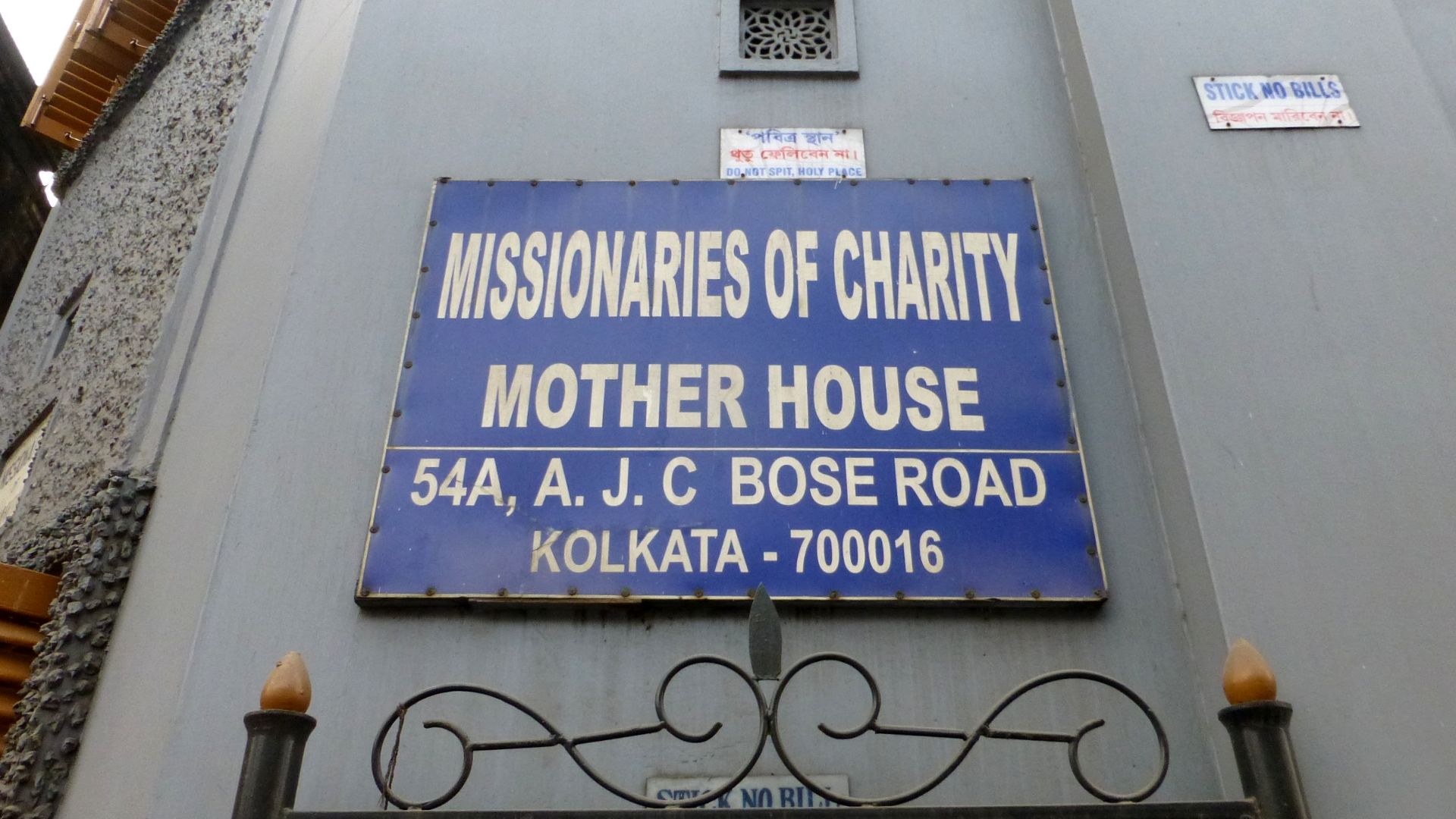 Hiroki Ogawa, Wikimedia Commons
Hiroki Ogawa, Wikimedia Commons
11. First Hospice
In 1952, the Missionaries of Charity opened their first hospice. Taking over an abandoned Hindu temple, the building housed people battling a myriad of diseases and allowed them to pass in dignity with adherence to their respective faiths.
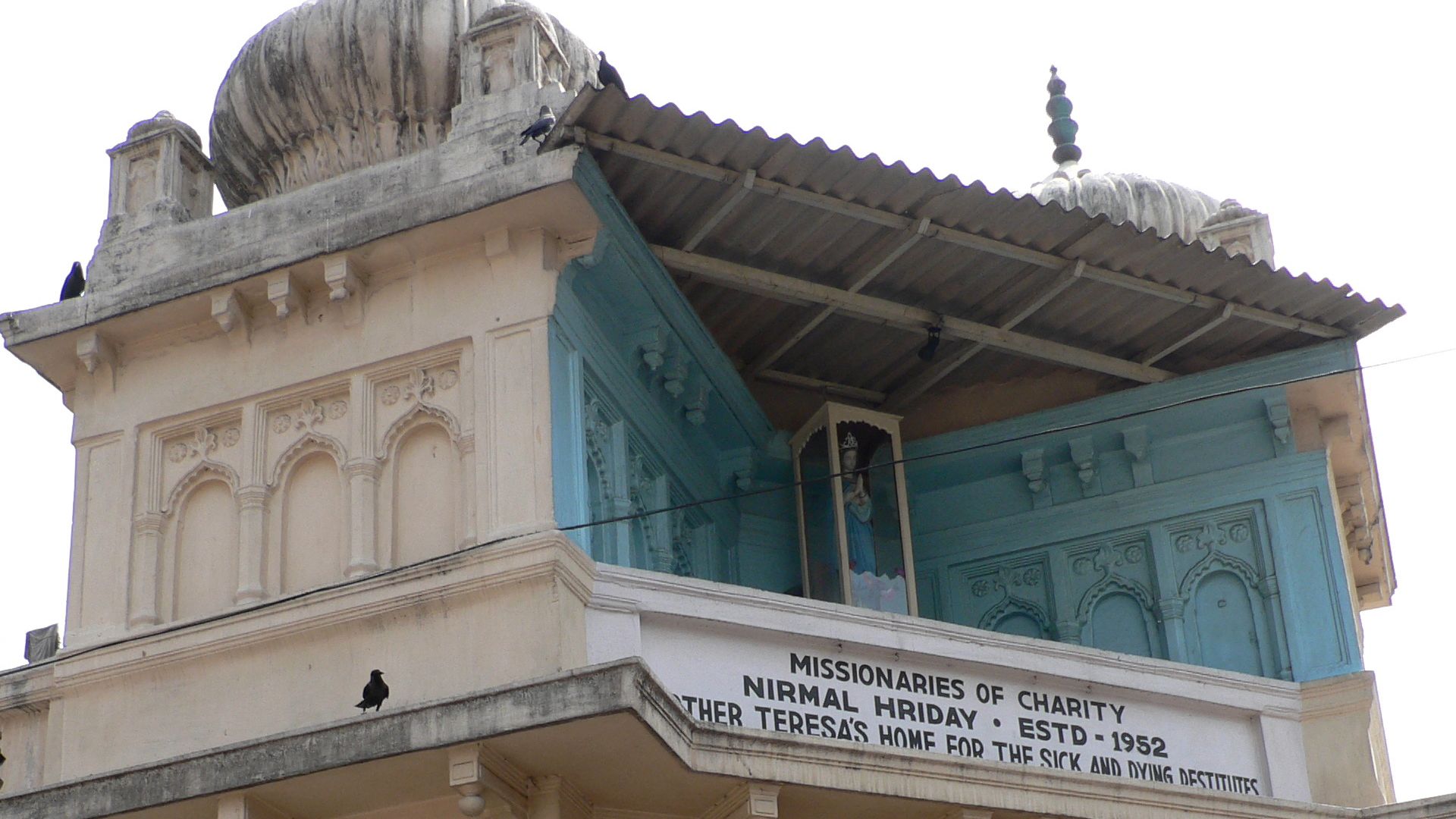 thotfulspot, Wikimedia Commons
thotfulspot, Wikimedia Commons
12. Fluent In Many Languages
Teresa was fluent in five languages—her native Albanian, Serbian, English, Bengali, and Hindi. Being multilingual helped Teresa carry out humanitarian missions throughout the world.
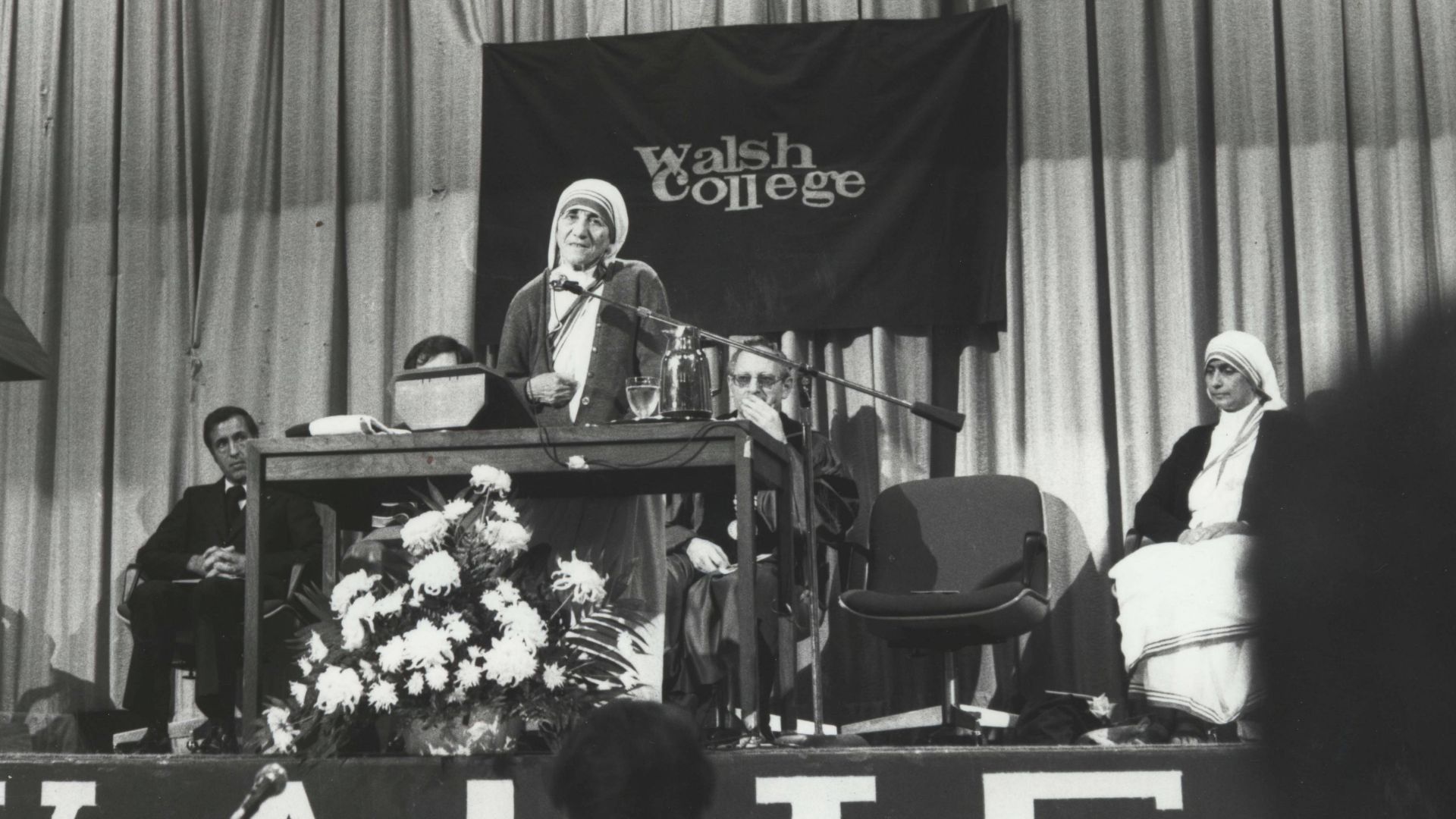 Walsh University, Wikimedia Commons
Walsh University, Wikimedia Commons
13. Brokering A Ceasefire
During the Siege of Beirut in 1982, Teresa was able to broker a ceasefire between Israeli and Palestinian forces. The ceasefire enabled Teresa and members of the Red Cross to rescue 37 children who were trapped in a hospital near the frontlines.
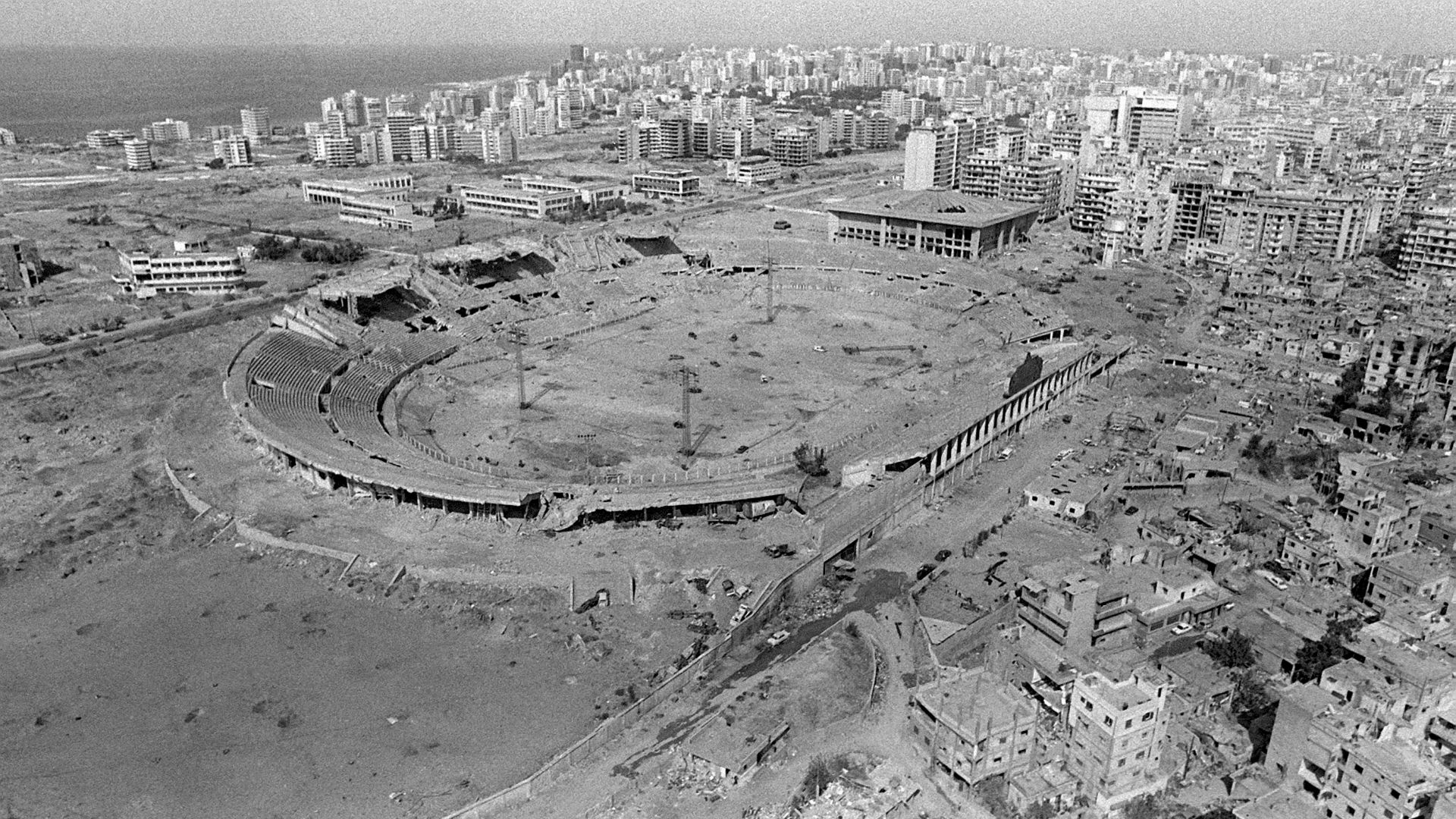 PHAN ROBERT FEARY, Wikimedia Commons
PHAN ROBERT FEARY, Wikimedia Commons
14. Return To Albania
In 1991, Teresa returned to her native Albania for the first time since leaving as an 18-year-old. She opened Missionaries of Charity Brothers home in the city of Tirana, where her family moved following Teresa’s departure.
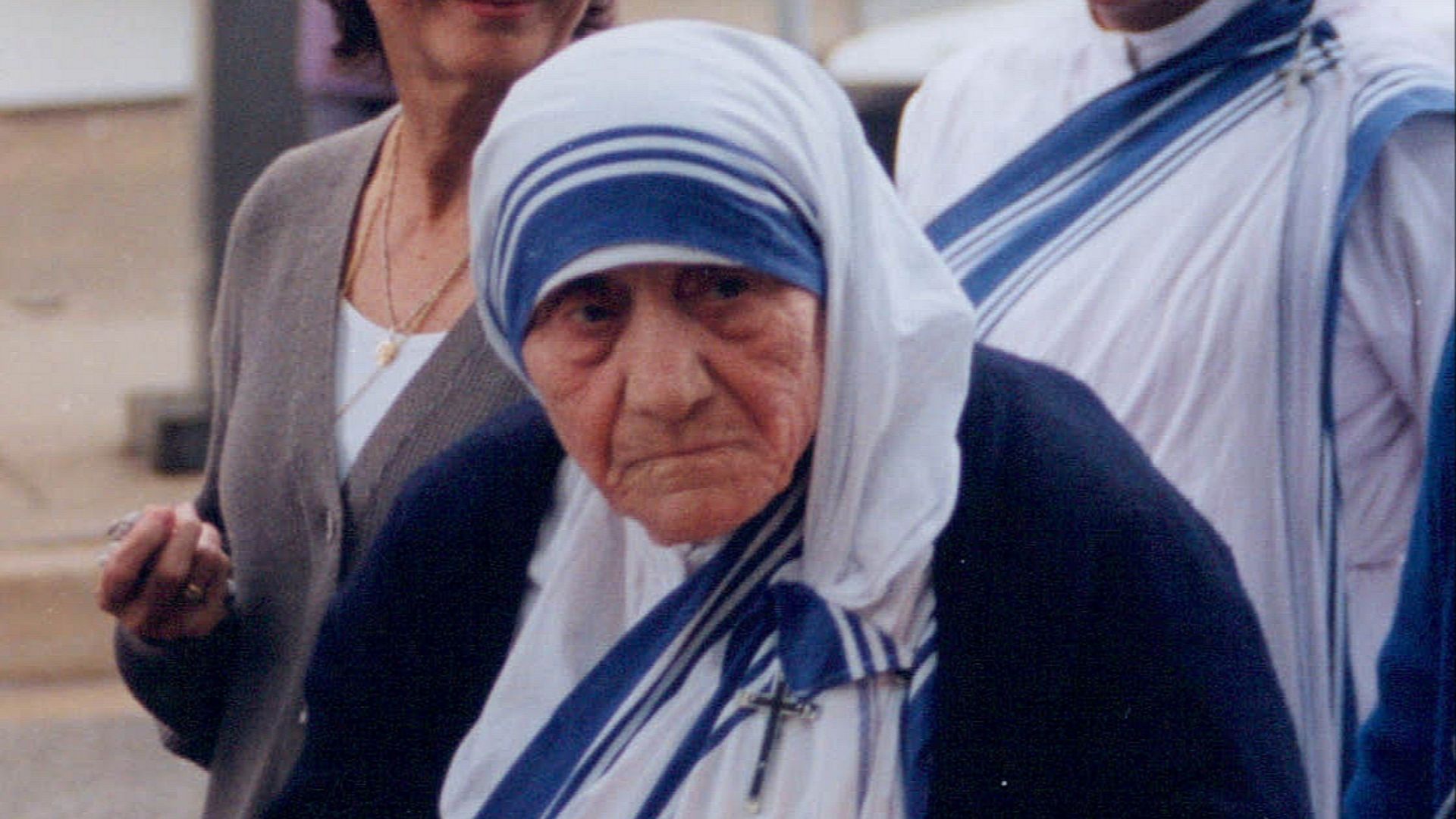 John Mathew Smith & www.celebrity-photos.com from Laurel Maryland, USA, Wikimedia Commons
John Mathew Smith & www.celebrity-photos.com from Laurel Maryland, USA, Wikimedia Commons
15. Bringing Light To Dark Places In The World
Teresa traveled to many locations worldwide for humanitarian missions or to open up outposts of the Missionaries of Charity. She visited Armenia following the devastation of the 1988 earthquake, she visited radiation victims following the nuclear disaster in Chernobyl, met with victims of famine in Ethiopia, and refugees in Honduras.
 Jean-Claude FRANCOLON, Getty Images
Jean-Claude FRANCOLON, Getty Images
16. Health Issues
In her later years, Teresa experienced a series of heart-related issues. Multiple heart attacks required her to be fitted with a pacemaker in 1991 and further surgeries clearing blockages of her coronary arteries were required in 1993 and 1996.
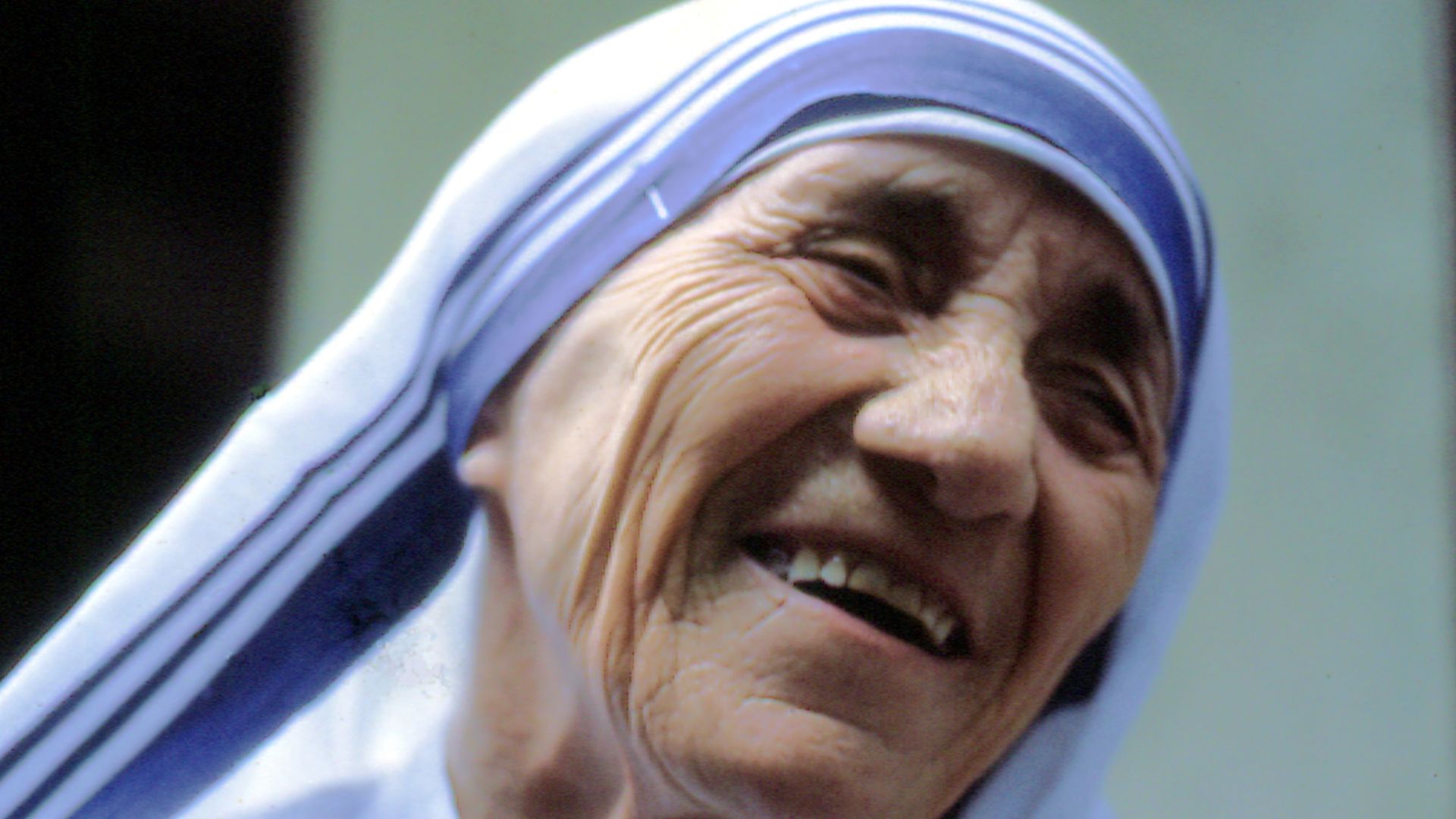 Manfredo Ferrari, Wikimedia Commons
Manfredo Ferrari, Wikimedia Commons
17. A Fitting Tribute
In 2010, the Government of India announced that they would be releasing a five-rupee coin depicting Mother Teresa's image to commemorate the centenary of her birth. The coin’s denomination was fitting, as it is widely claimed that Teresa arrived in Calcutta with only five rupees in her pocket.
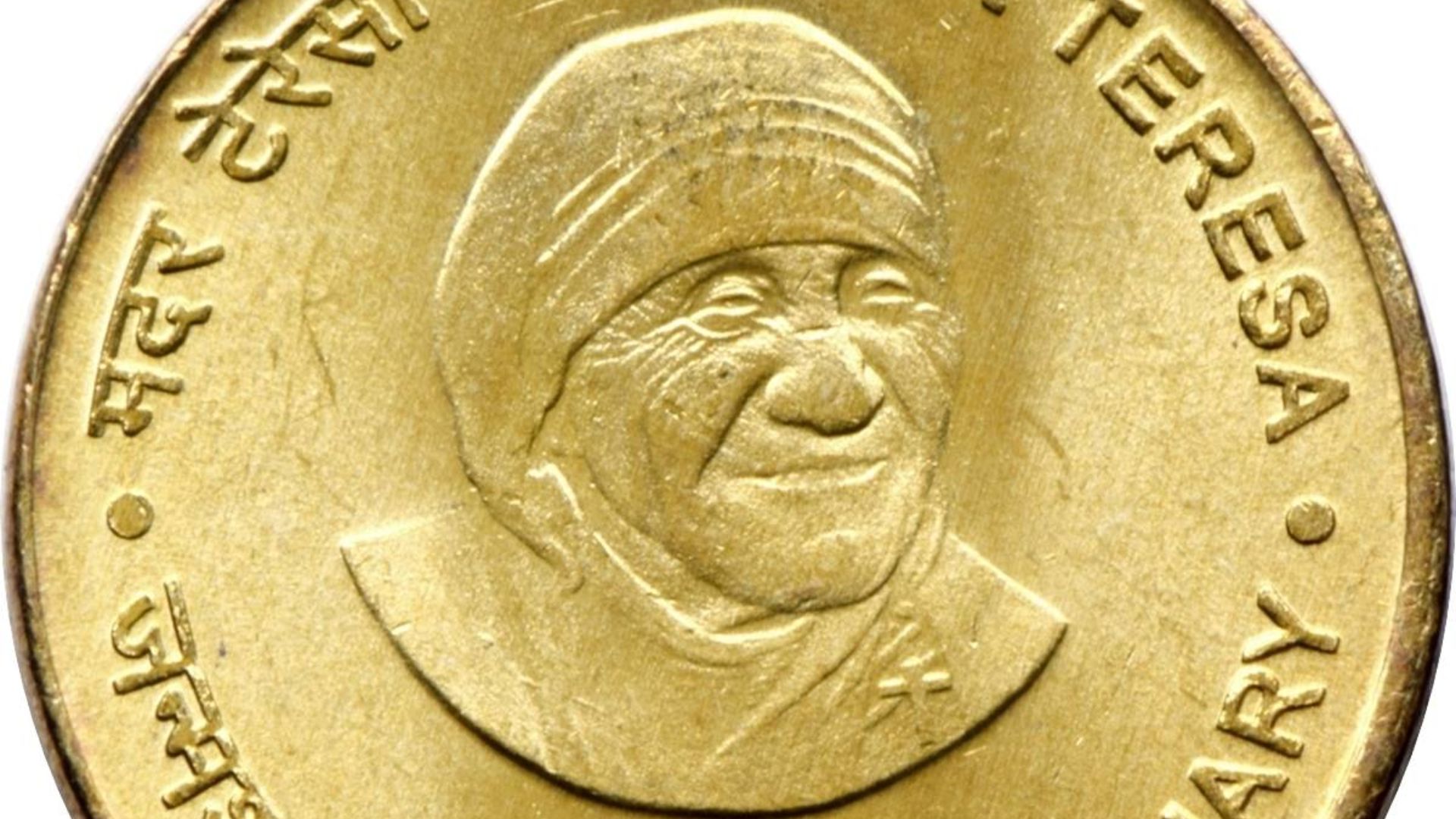 Joseph Kunnappally, Wikimedia Commons
Joseph Kunnappally, Wikimedia Commons
18. Recognized In Her Adopted Home
Teresa was the recipient of various awards in her adopted nation of India. She was awarded the Padma Shri in 1962 and the Jawaharlal Nehru Award for International Understanding in 1969. In 1980, Teresa received the Bharat Ratna, India’s highest civilian award, recognizing “exceptional service/performance of the highest order.”
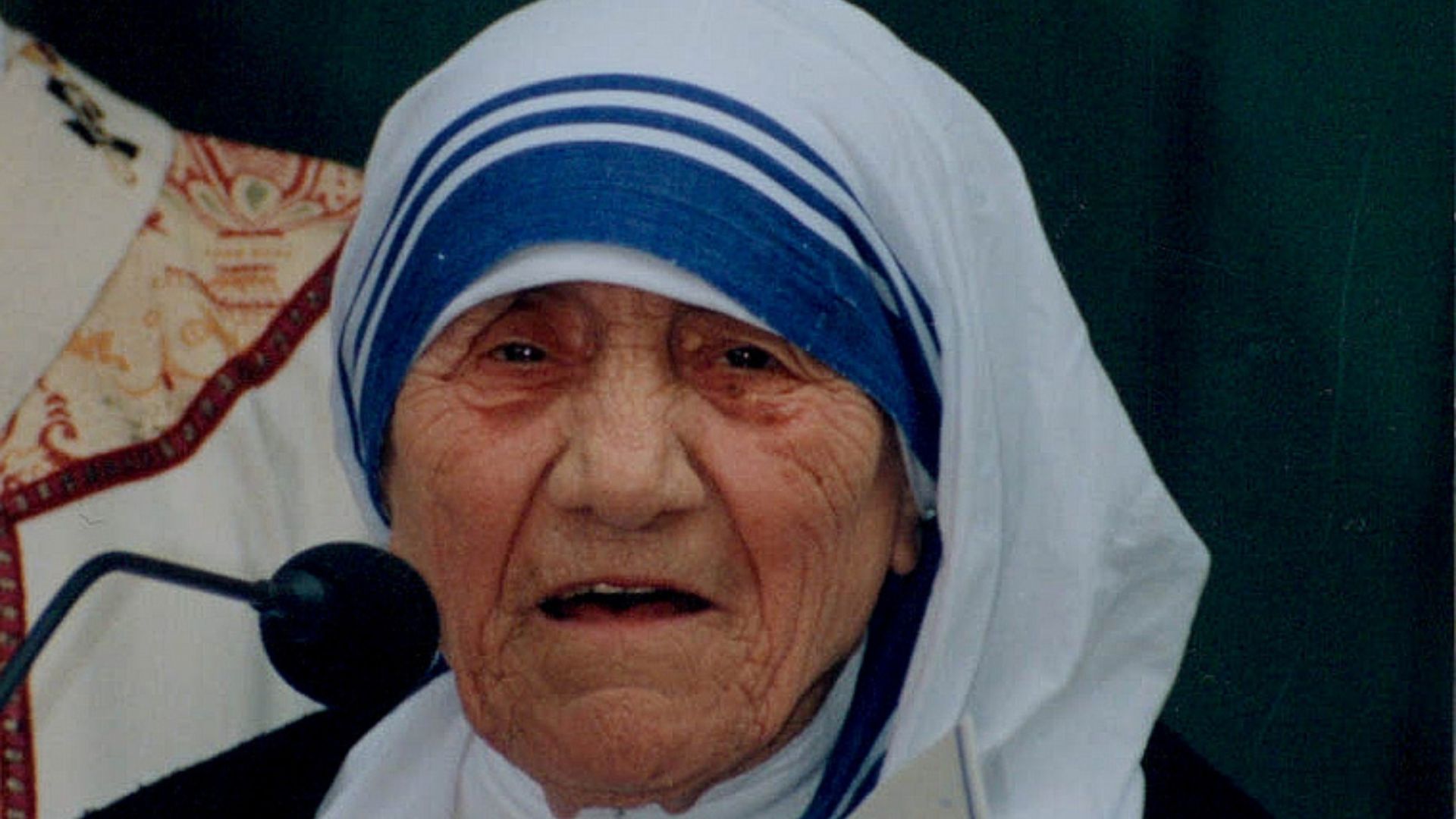 John Mathew Smith & www.celebrity-photos.com from Laurel Maryland, USA, Wikimedia Commons
John Mathew Smith & www.celebrity-photos.com from Laurel Maryland, USA, Wikimedia Commons
19. Death Of Mother Teresa
After a further decline in her health, it was decided in early 1997 that Teresa would step down as the head of the Missionaries of Charity and a new mother superior would be elected in her place. On September 5, 1997, Mother Teresa passed at the age of 87.
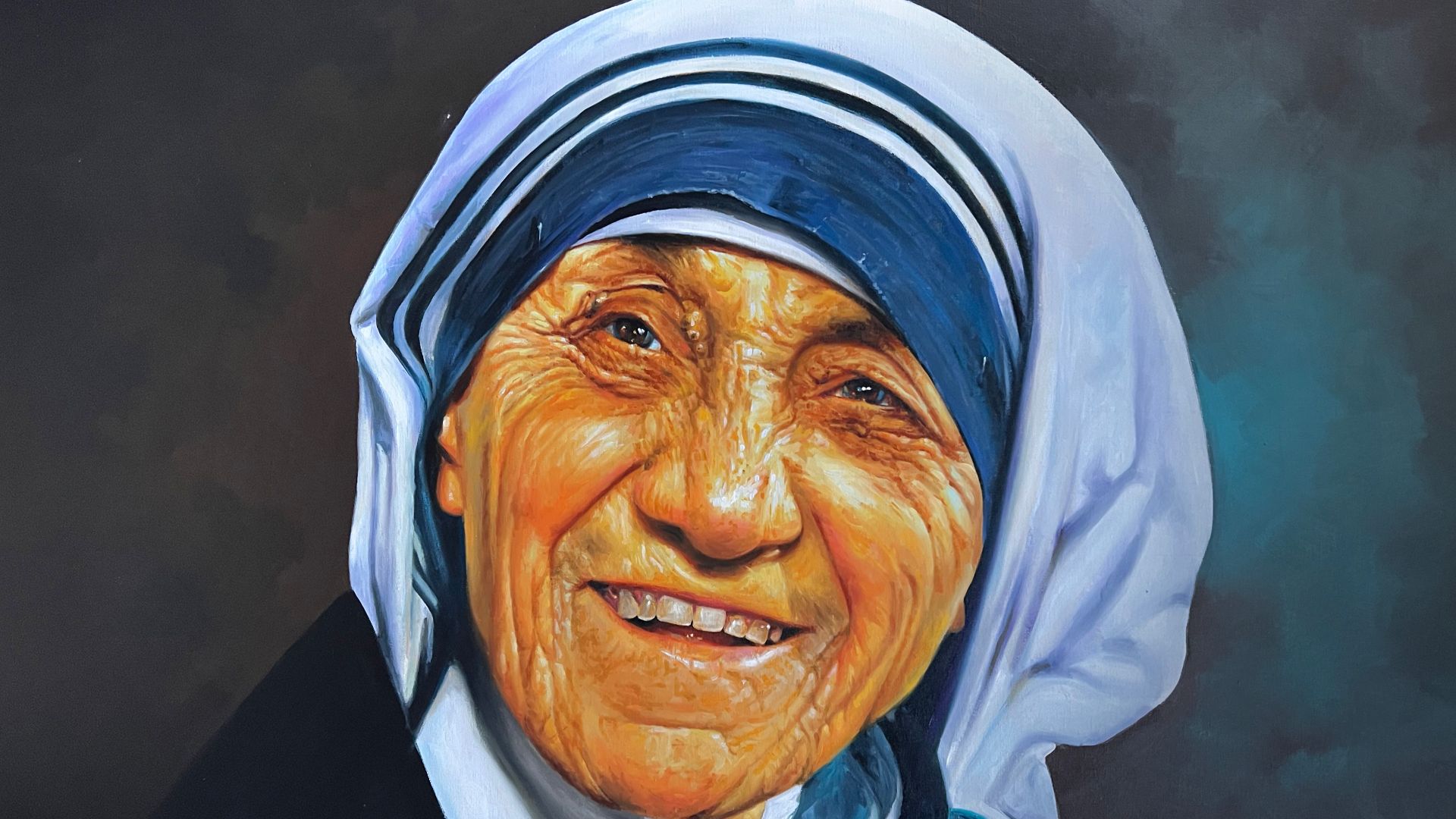 Rajasekharan Parameswaran, Wikimedia Commons
Rajasekharan Parameswaran, Wikimedia Commons
20. Teresa’s State Funeral
Following her passing, the Government of India announced that Teresa would be afforded a full state funeral—an honor usually reserved for political leaders. Flags were ordered to fly at half-mast throughout the country. Her body lay in repose in Calcutta’s St. Thomas Catholic Church for a week. Her body was placed on the same gun carriage that carried the remains of two prominent Indian founding fathers—Mahatma Gandhi and Jawaharlal Nehru.
A full military procession accompanied her en route to her funeral, which took place at an indoor arena. More than 15,000 people attended. Many prominent dignitaries came to pay their respects, including then-Indian Prime Minister I.K. Gujral, former Indian First Lady Sonia Gandhi, then-First Lady of the United States Hilary Clinton, and Queen Noor of Jordan.
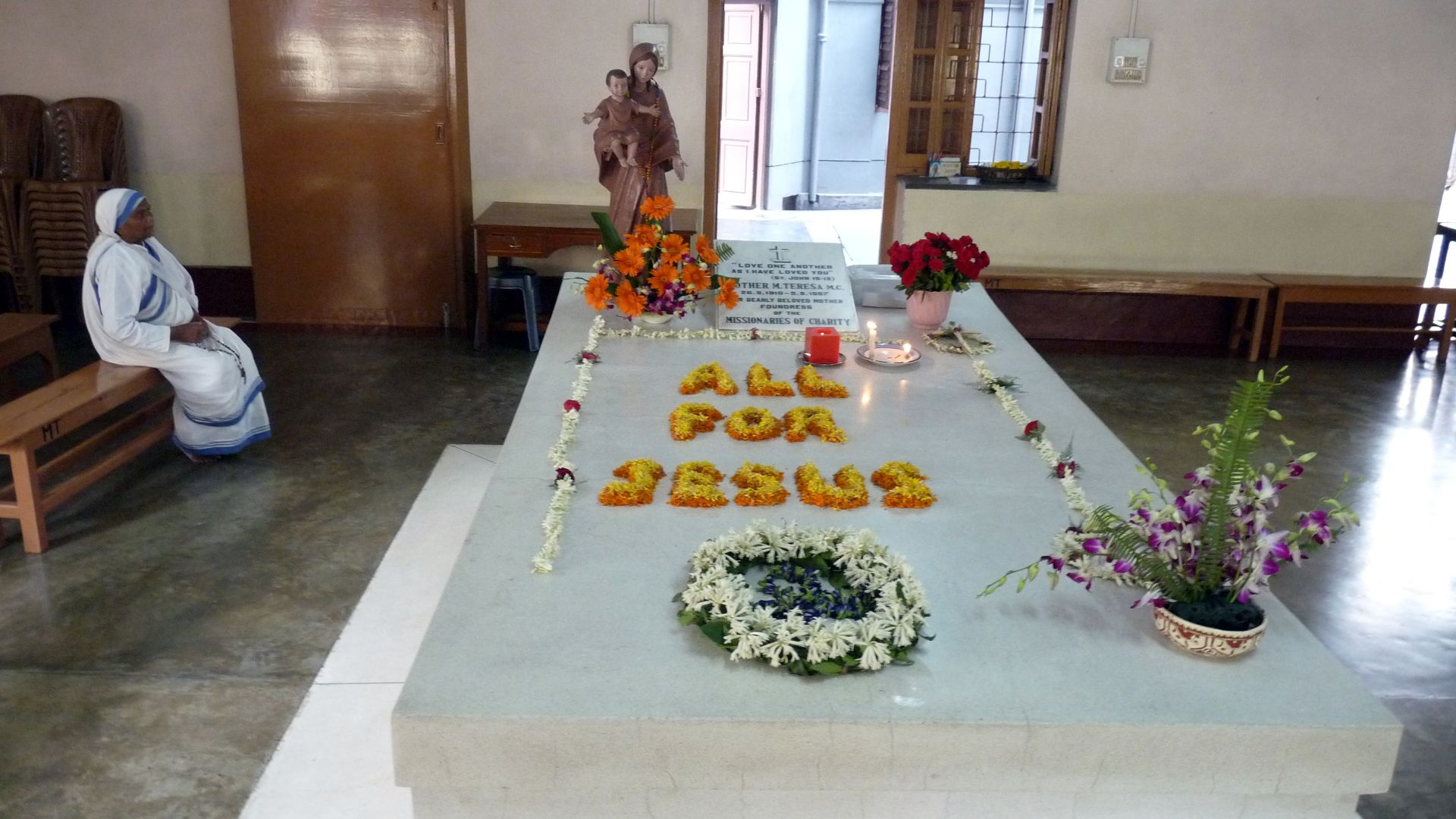 Steve Browne & John Verkleir from Chicago, United States, Wikimedia Commons
Steve Browne & John Verkleir from Chicago, United States, Wikimedia Commons
21. Her Final Resting Place
Teresa’s remains are entombed on the ground floor of Mother House, the official global headquarters of the Missionaries of Charity and the place that Teresa called home for the latter half of her life. The tomb attracts large numbers of pilgrims each year.
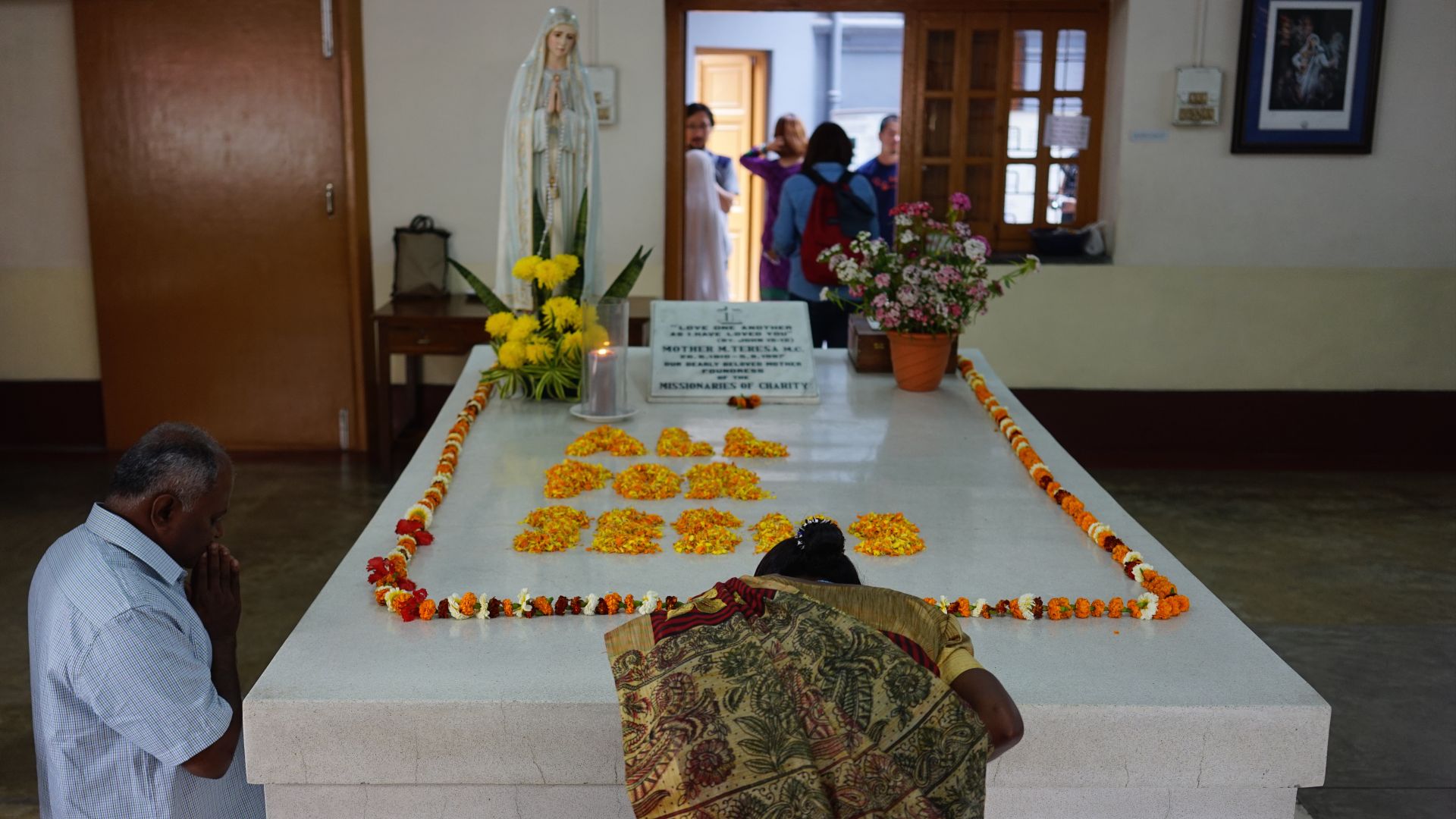 Jan Bockaert, Wikimedia Commons
Jan Bockaert, Wikimedia Commons
22. Nobel Peace Prize
In 1979, Teresa was awarded the Nobel Peace Prize. The committee commended her “for work undertaken in the struggle to overcome poverty and distress, which also constitutes a threat to peace.” Teresa refused the traditional banquet afforded to the recipients of the prize and asked that the cost of banquet be donated to the impoverished people of India.
23. Namesake For A Cathedral
The first-ever Roman Catholic cathedral to be named after Mother Teresa began construction in 2007 in Pristina, Kosovo. The Cathedral of Saint Mother Teresa in Pristina was officially consecrated in 2017.
24. An Airport In Her Name
In 2001, Tirana International Airport was renamed in honor of one of the most famous Albanians, Mother Teresa. Officially known as Tirana International Airport Nënë Tereza, it is Albania’s main international airport.
25. A Day She Can Call Her Own
Albania recognizes September 5 each year as Saint Teresa Sanctification Day. The day is a public holiday in the country and many people attend church services in honor of Mother Teresa to mark the occasion.
26. Teresa On Film
Three different actors have portrayed Mother Teresa on film. Geraldine Chaplin played her in 1997’s Mother Teresa: In the Name of God’s Poor, Olivia Hussey in 2003’s Mother Teresa of Calcutta, and Juliet Stevenson in 2014’s The Letters.
 Lux Vide, Mother Teresa (2003)
Lux Vide, Mother Teresa (2003)
27. One Of The Greatest Indians
In 2012, Mother Teresa was named the fifth Greatest Indian in a poll conducted by Outlook Magazine. The poll examined the life and work of Indians following independence, with political activist B.R. Ambedkar topping the list.
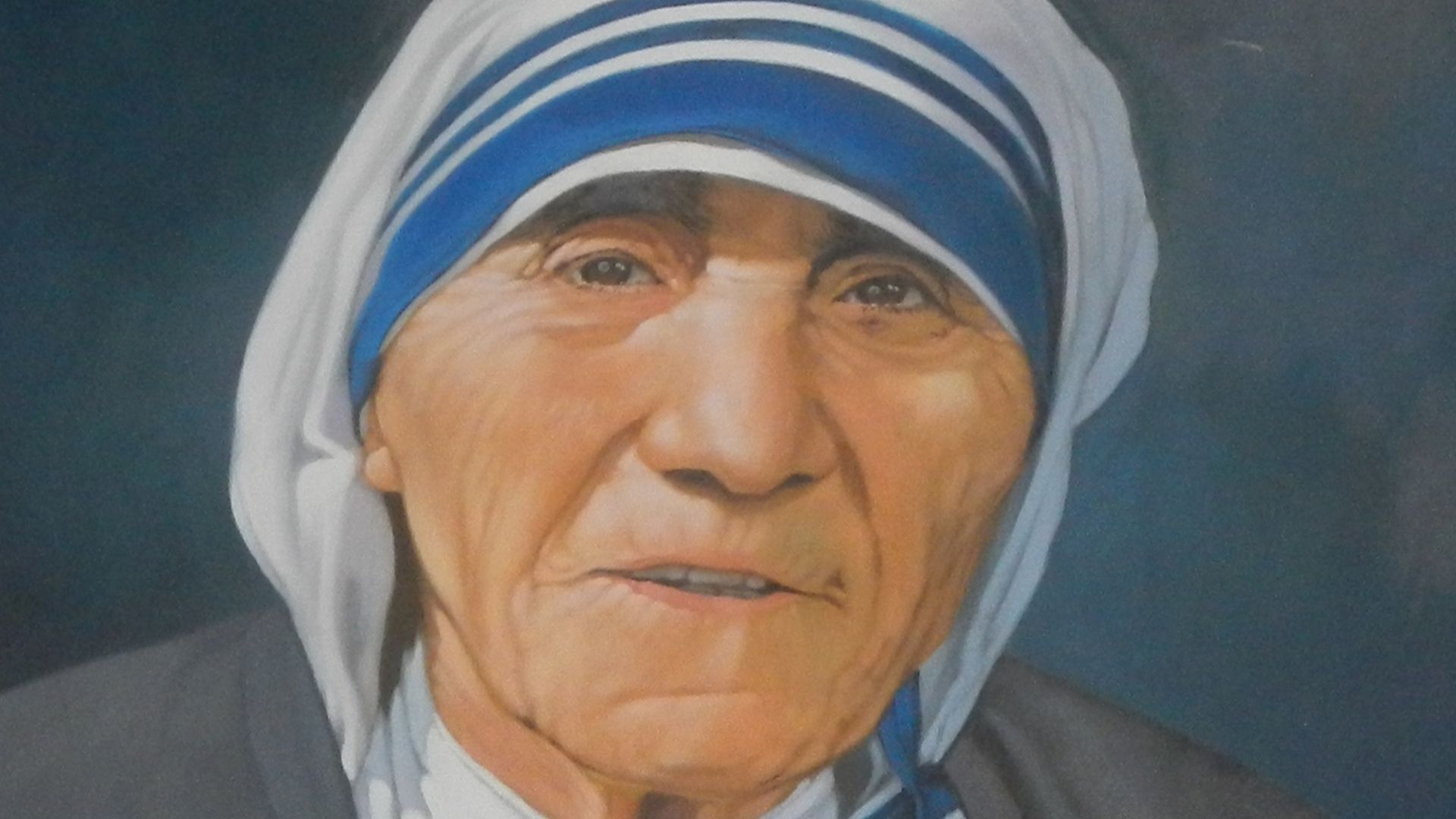 JudgefloroDerivative work: TharonXX, Wikimedia Commons
JudgefloroDerivative work: TharonXX, Wikimedia Commons
28. A Friendship With A Princess
Teresa enjoyed a friendship with Princess Diana. Teresa and Diana visited a working-class district of Rome together in 1992 and in July 1997, Diana visited an ailing Mother Teresa in The Bronx in New York. Tragically, in the immediate aftermath of their meeting in New York, both Diana and Teresa would pass away within a week of each other.
Diana lost her life on August 31 in a car accident in Paris and Teresa passed a few days later on September 5.
29. Her Signature Look
Early into the start of her new religious calling, Teresa stopped wearing the traditional habit of the Loreto Order and adopted a plain white sari with blue trim made out of cotton. It has since become the official habit of the Missionaries of Charity. The sari is a traditional garment worn by women in India and other parts of South Asia.
30. The First Step To Sainthood
Following her death, the Catholic Church started Teresa’s beatification—the first step in the process of making someone a saint. One of the requirements of sainthood is the verification of a miracle associated with said individual. The Vatican recognized a miracle attributed to her, in which a locket containing a picture of Teresa supposedly cured a woman of an abdominal tumor.
The Catholic Church officially beatified Mother Teresa on October 19, 2003, earning her the title of Blessed.
31. Becoming A Saint
Following her beatification, the process of Teresa's canonization commenced—the final step in becoming a saint. Before long, Church officials attributed another miracle, one that occurred in Brazil, to Teresa. On September 4, 2016, in a ceremony held at St. Peter’s Square in Vatican City and attended by tens of thousands of pilgrims and worshippers, Pope Francis declared Teresa a saint of the Catholic Church.
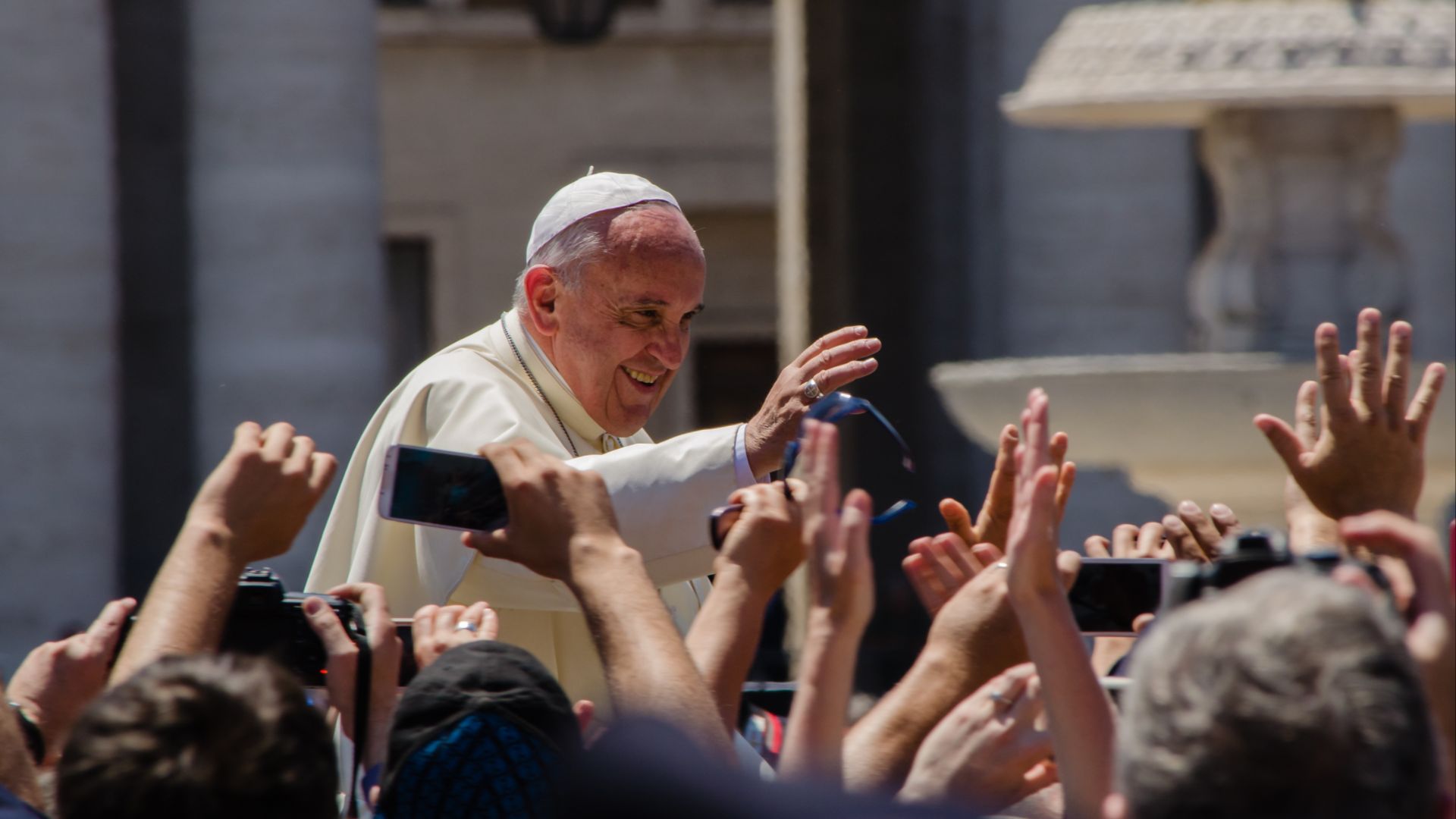 Alfredo Borba, Wikimedia Commons
Alfredo Borba, Wikimedia Commons
32. A Tribute On The Soccer Field
In a 2019 match against England, members of the United States Women’s National Soccer Team each donned jerseys with the names of iconic women. Midfielder McCall Zerboni decided to honor Mother Teresa. Other names featured included Supreme Court Justice Ruth Bader Ginsburg, tennis star Serena Williams, author J.K. Rowling, and pop queen Beyoncé.
 Jamie Smed from Cincinnati, Ohio, Wikimedia Commons
Jamie Smed from Cincinnati, Ohio, Wikimedia Commons
33. Controversy And Criticism
Throughout her life and even after her passing, Teresa has attracted controversy and criticism over some of her methods and views. One particular point of lingering controversy is the quality of medical care that Teresa and the Missionaries of Charity administered. Critics have accused the order's medical centers of substandard conditions, improper storage of medicines and supplies, and a lack of quarantining of patients with highly contagious diseases.
She has also earned criticism for her associations with controversial figures such as disgraced businessmen Charles Keating and Robert Maxwell, as well as the totalitarian Duvalier regime of Haiti.
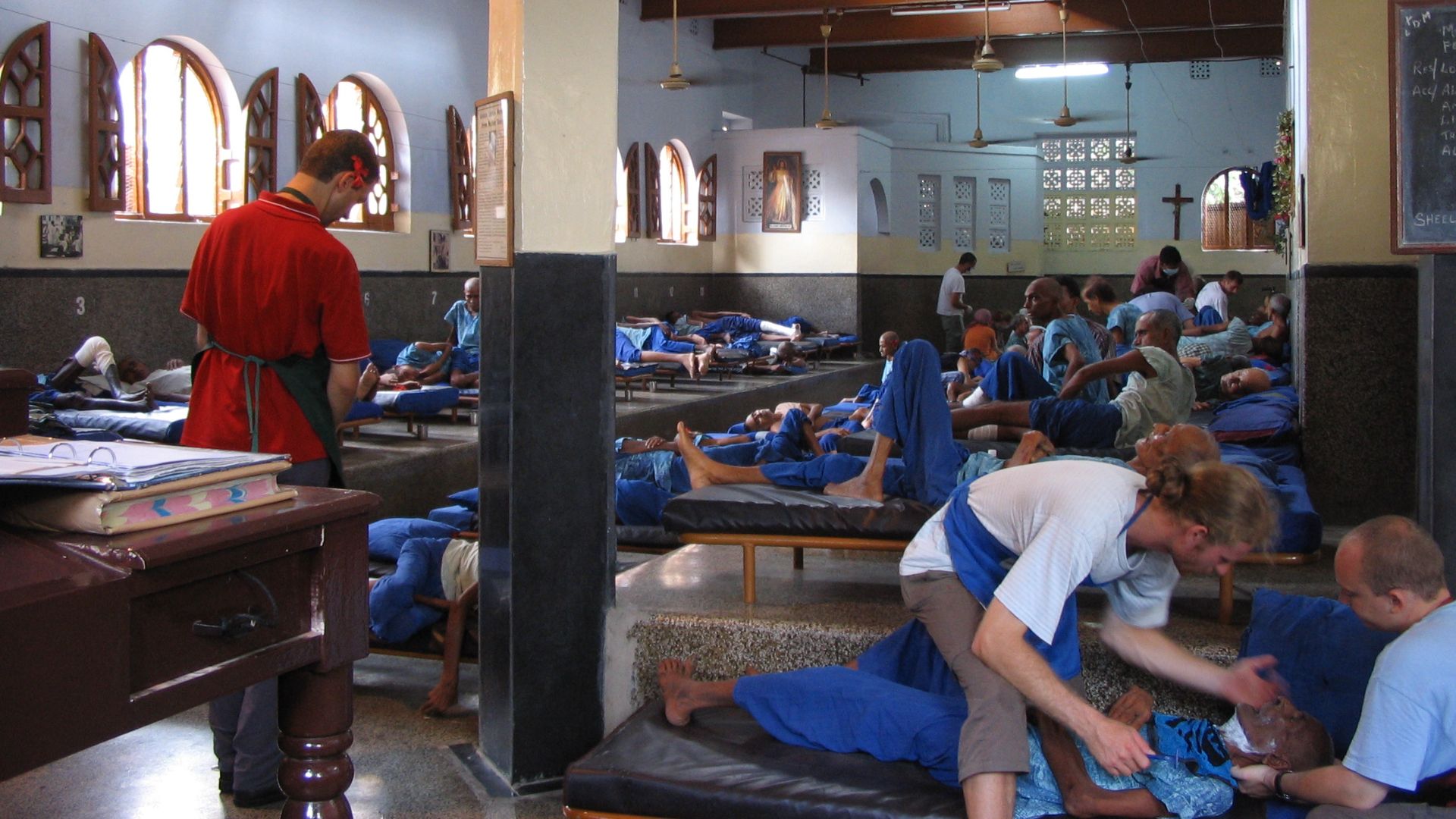 Self (Mark Makowiecki), Wikimedia Commons
Self (Mark Makowiecki), Wikimedia Commons
34. A Highly Admired Person
Throughout her life, Gallup’s annual poll ranked Mother Teresa as one of the most admired women in the United States. She topped the list four times, in 1980, 1986, 1995, and 1996. In 1999, she topped Gallup’s List of People that Americans Most Widely Admired in the 20th Century, beating out the likes of Martin Luther King Jr., Albert Einstein, and Franklin D. Roosevelt.
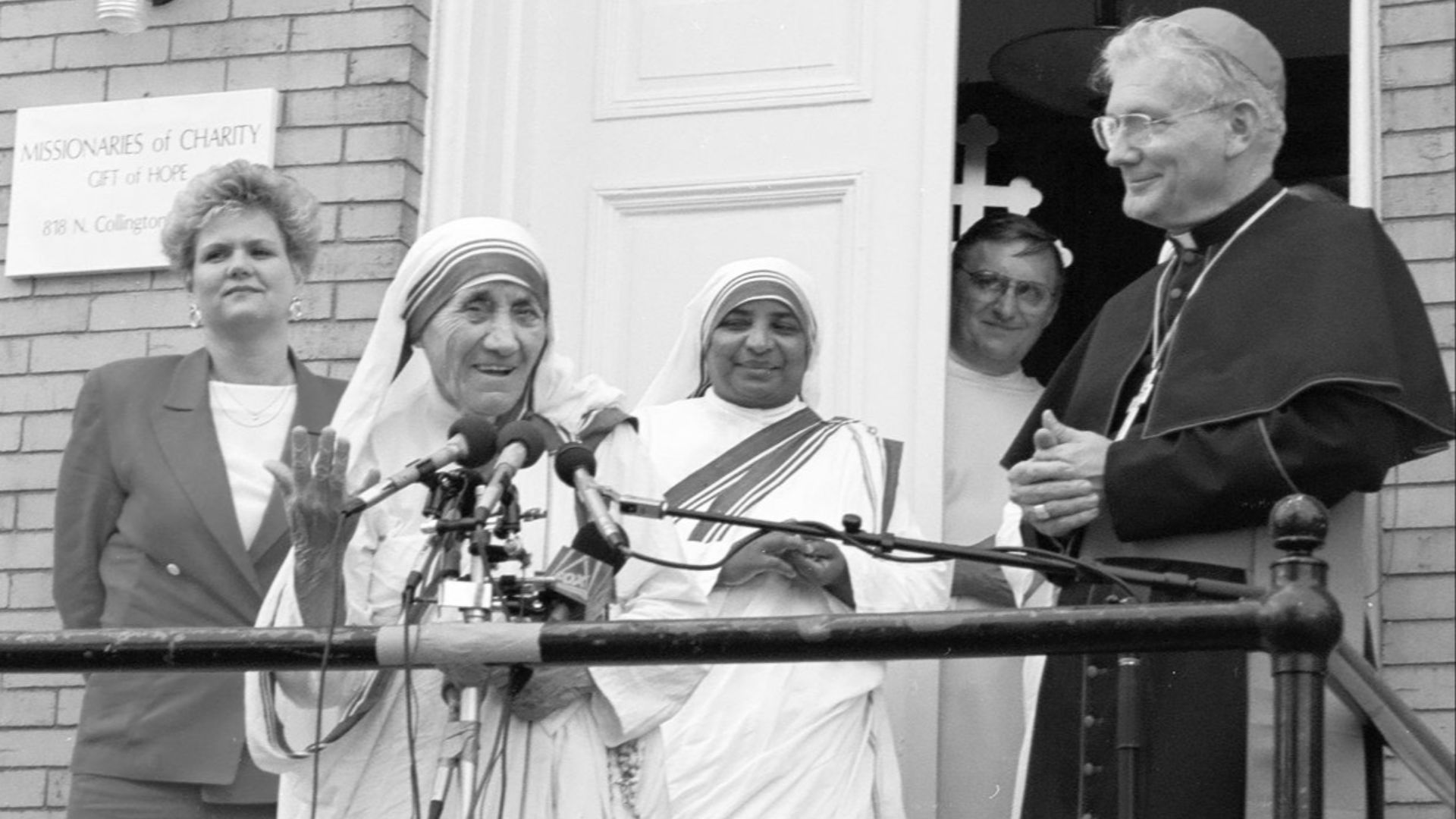 John Mathew Smith & www.celebrity-photos.com from Laurel Maryland, USA, Wikimedia Commons
John Mathew Smith & www.celebrity-photos.com from Laurel Maryland, USA, Wikimedia Commons
35. A Truly Rare Honor
In 1996, Teresa became only the second living person, following Sir Winston Churchill, to earn honorary citizenship to the United States. The other honorary citizens of the United States are Raoul Wallenberg, William and Hannah Callowhill Penn, the Marquis de Lafayette, Casimir Pulaski, and Bernardo de Gàlvez. However, each of those names earned the honor posthumously.
36. Presidential Medal Of Freedom
In 1985, US President Ronald Reagan awarded Mother Teresa the Presidential Medal of Freedom. Along with the Congressional Gold Medal, it is considered the highest civilian honor granted by the United States.
37. Experiencing Vulnerability
Throughout her life, Teresa battled with feelings of isolation, vulnerability, and doubt. In the early days of the Missionaries of Charity, she found her work extremely arduous and revealed in her diary that she felt tempted to rejoin the relatively easy life at the Loreto Convent. Teresa also expressed her feelings of isolation in correspondence with Father Celeste van Exem, which would serve as the basis of the 2014 film The Letters.
 Freestyle Releasing, The Letters (2014)
Freestyle Releasing, The Letters (2014)
38. Growth Of The Order
Throughout the 1950s and 60s, the Missionaries of Charity continued to establish new centers devoted to treating the sick, dying, and abandoned. They opened orphanages, hospices, and other shelters throughout India and then embarked on opening outposts abroad, with the first in 1965 in Venezuela. Satellite congregations sprang up in Italy, Tanzania, the United States, and many other counties around the world.
39. Growing International Profile
One of the first pieces of international recognition Teresa received came in 1962 when she received the Ramon Magsaysay Peace Prize. Further recognition of her work came in 1969 when she was the subject of Malcolm Muggeridge’s documentary Something Beautiful for God. The documentary and the accompanying book of the same title released in 1971 helped showcase the incredible work conducted by Teresa and the Missionaries of Charity for a worldwide audience.
 Freestyle Releasing, The Letters (2014)
Freestyle Releasing, The Letters (2014)
40. Early Aspirations
From a very young age, Teresa hoped to devote her life to religious service. Reading stories of missionaries doing work in Bengal deeply inspired her, and she would eventually establish Bengal as her base of operations.
 Vittoriano Rastelli, Getty Images
Vittoriano Rastelli, Getty Images
41. The Missionaries Of Charity Today
The Missionaries of Charity remains active throughout the world today. What was once a small congregation of Mother Teresa and 12 nuns based in a formerly vacant floor of a family home in Calcutta is now active in 133 countries worldwide with over 4,500 sisters and nearly a thousand brothers, priests, and associated laypeople.
42. Teresa’s Family
Teresa’s parents were Nikollë and Dranafile. Her father Nikollë, a businessman and politician, passed in 1919, when Teresa was only eight. Teresa had two older siblings, a sister named Aga and a brother named Lazar. When she left home for Ireland at the age of 18, it would be the last time she would ever see her mother or sister.
 Vittoriano Rastelli, Getty Images
Vittoriano Rastelli, Getty Images
Sources: 1, 2, 3, 4, 5, 6, 7, 8, 9, 10, 11, 12, 13, 14, 15, 16, 17, 18, 19, 20, 21, 22, 23, 24, 25, 26, 27, 28, 29



